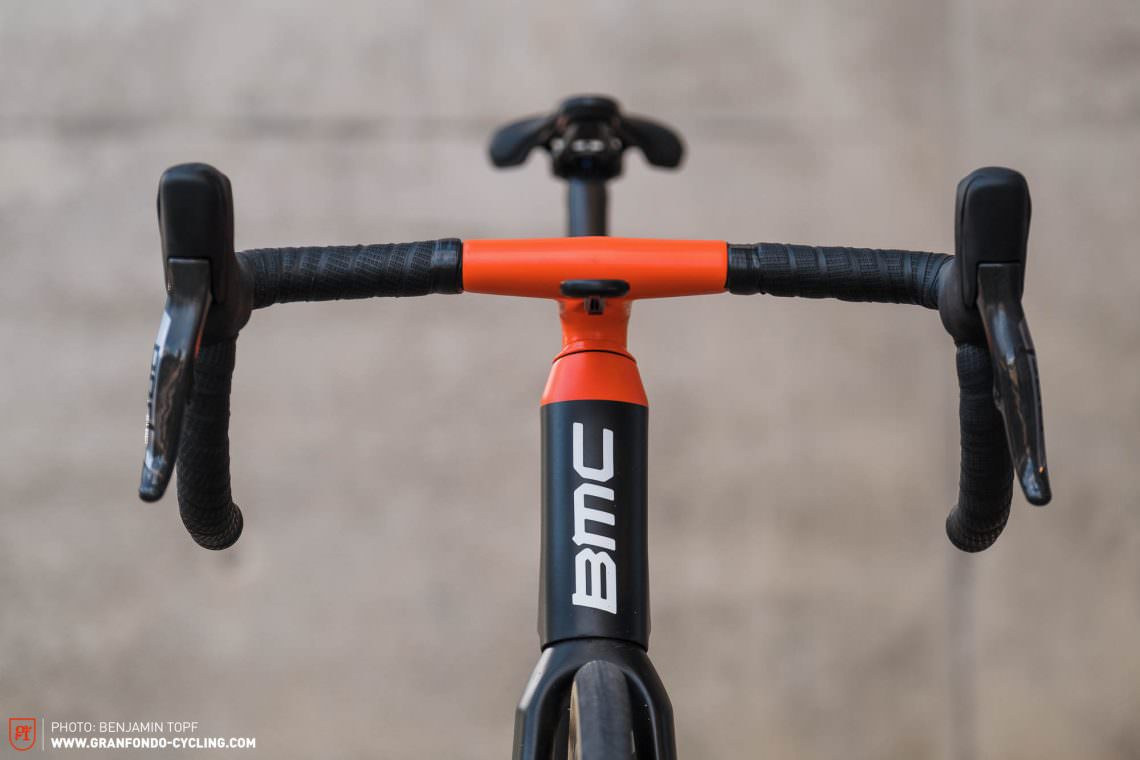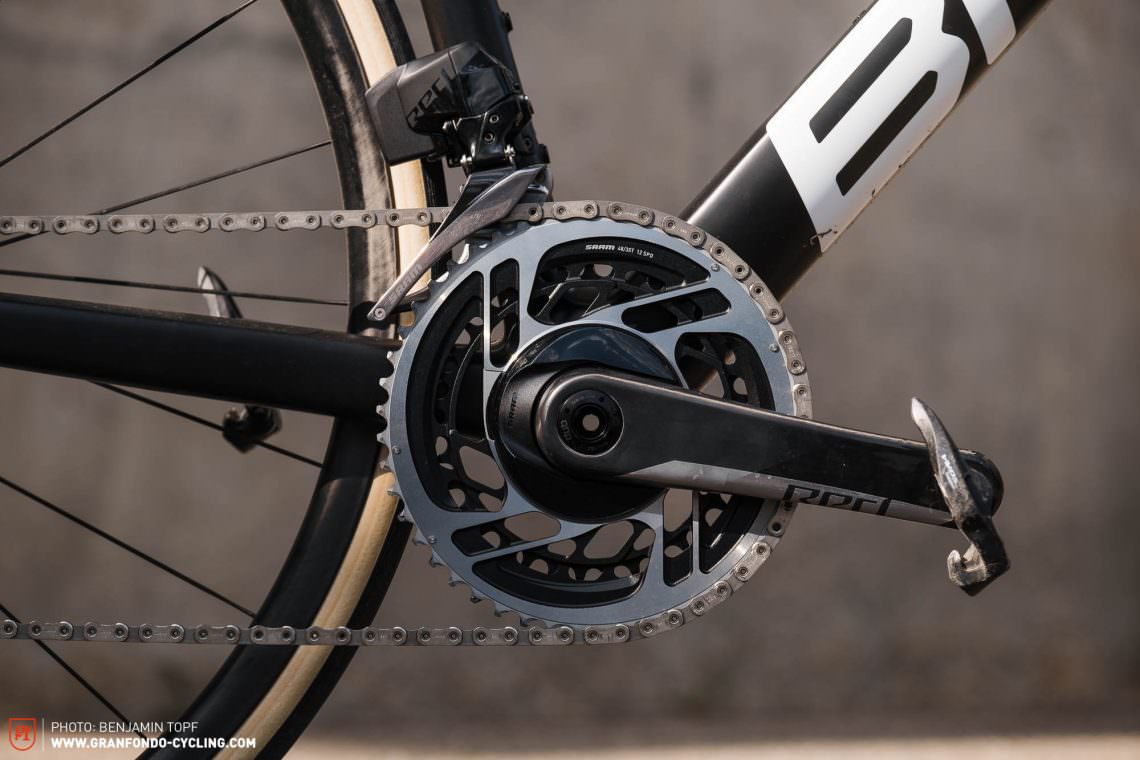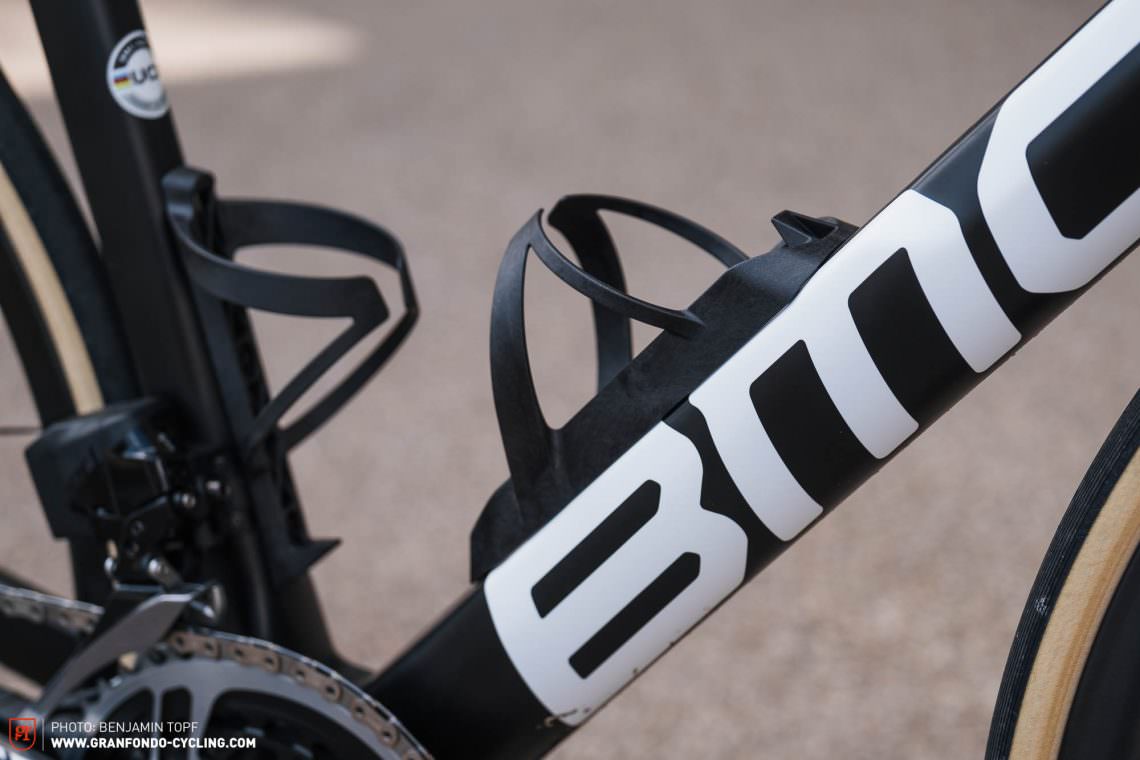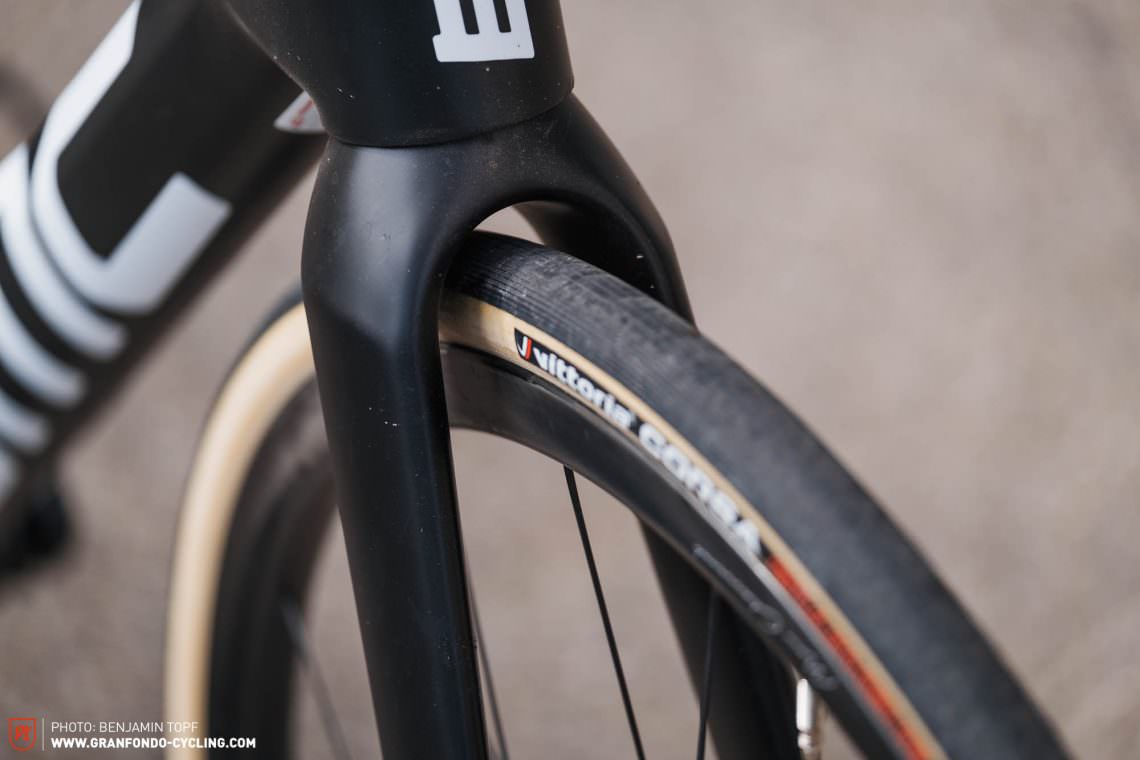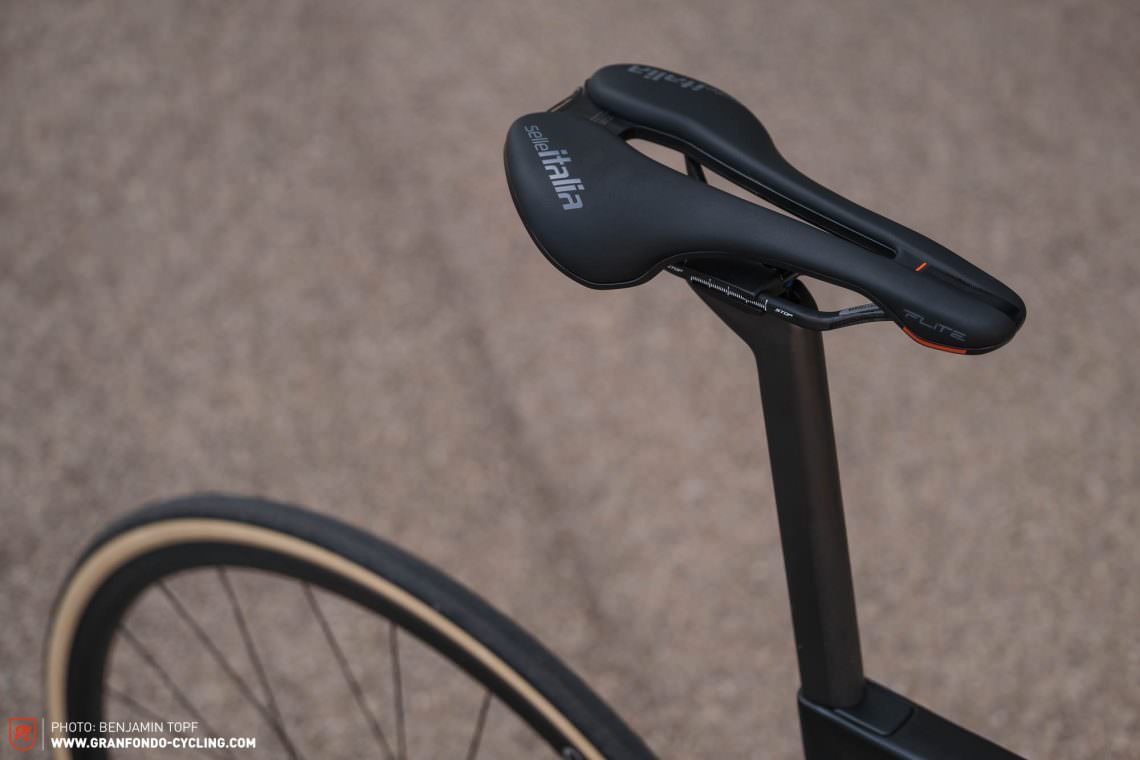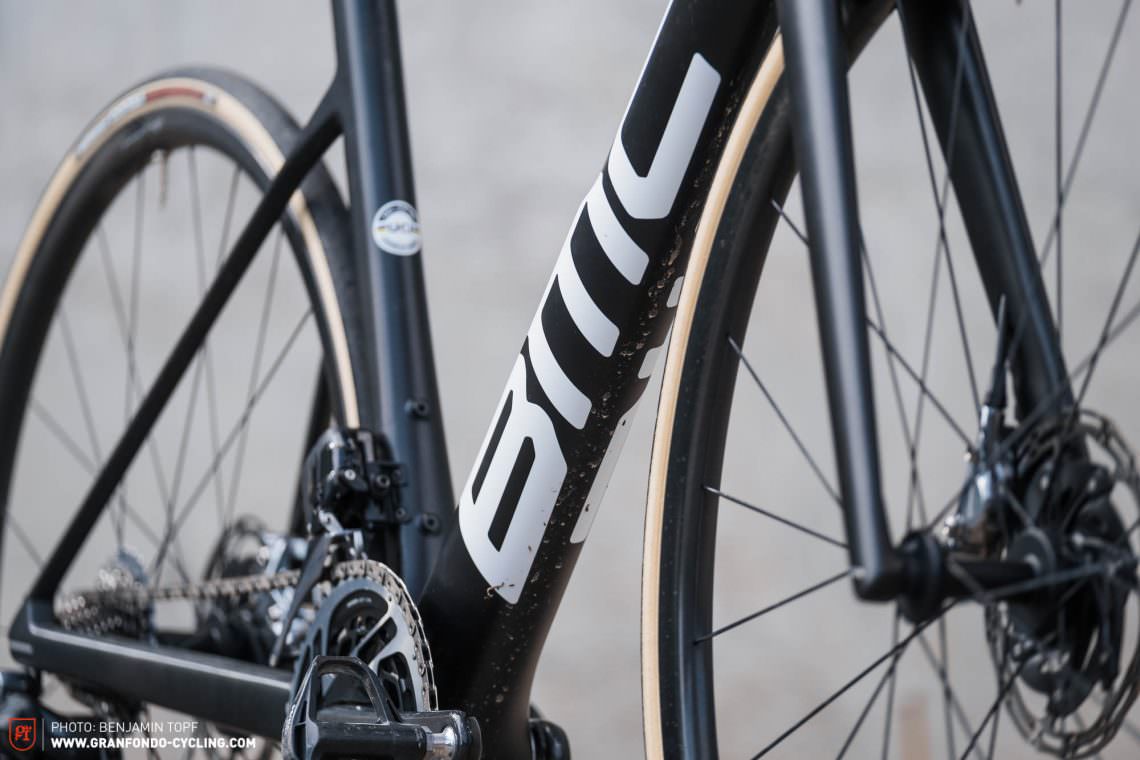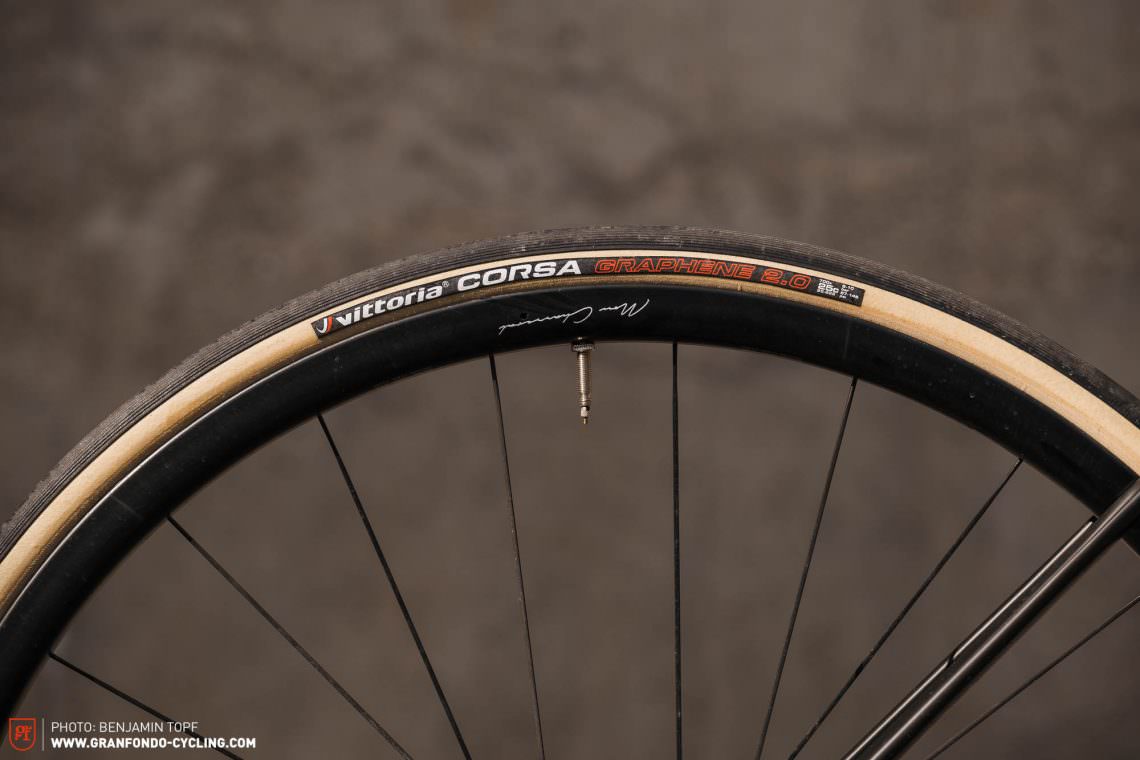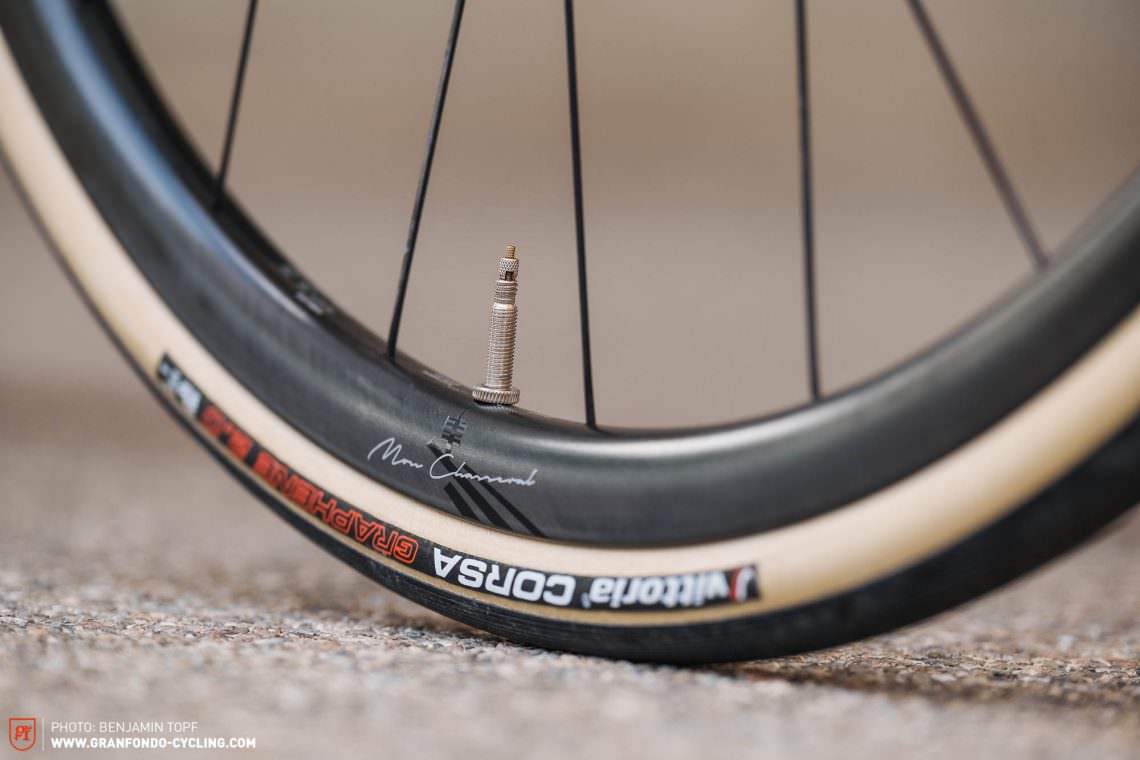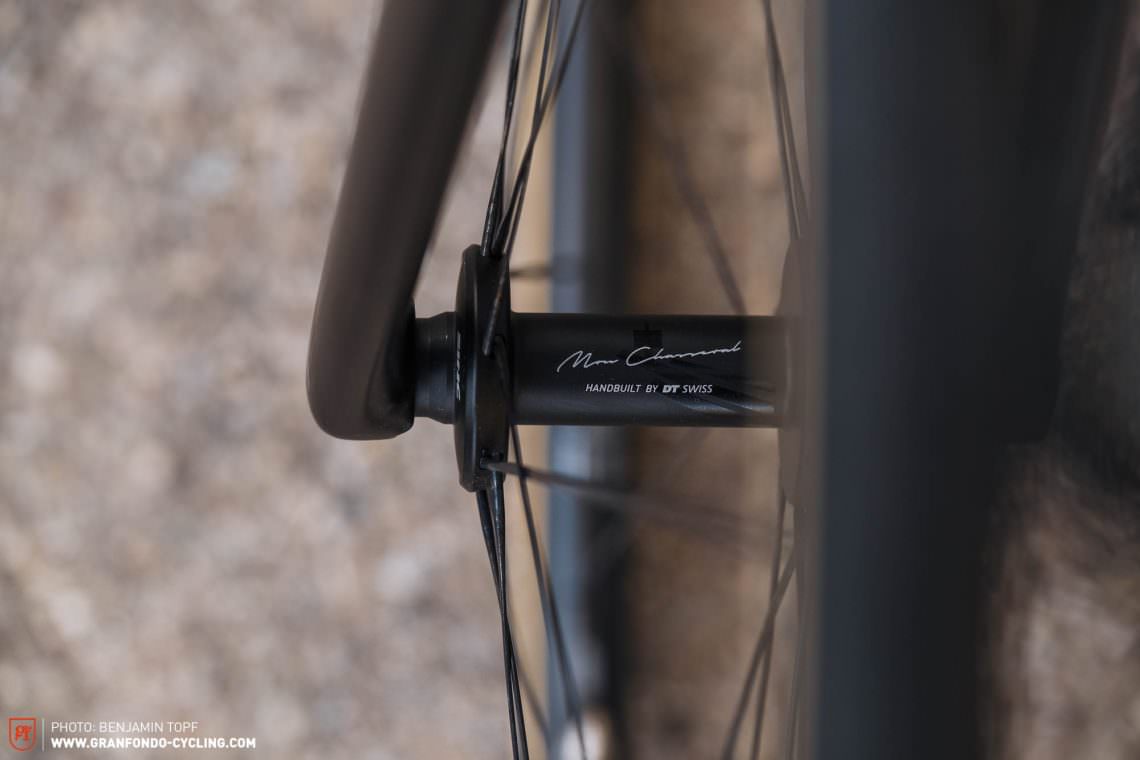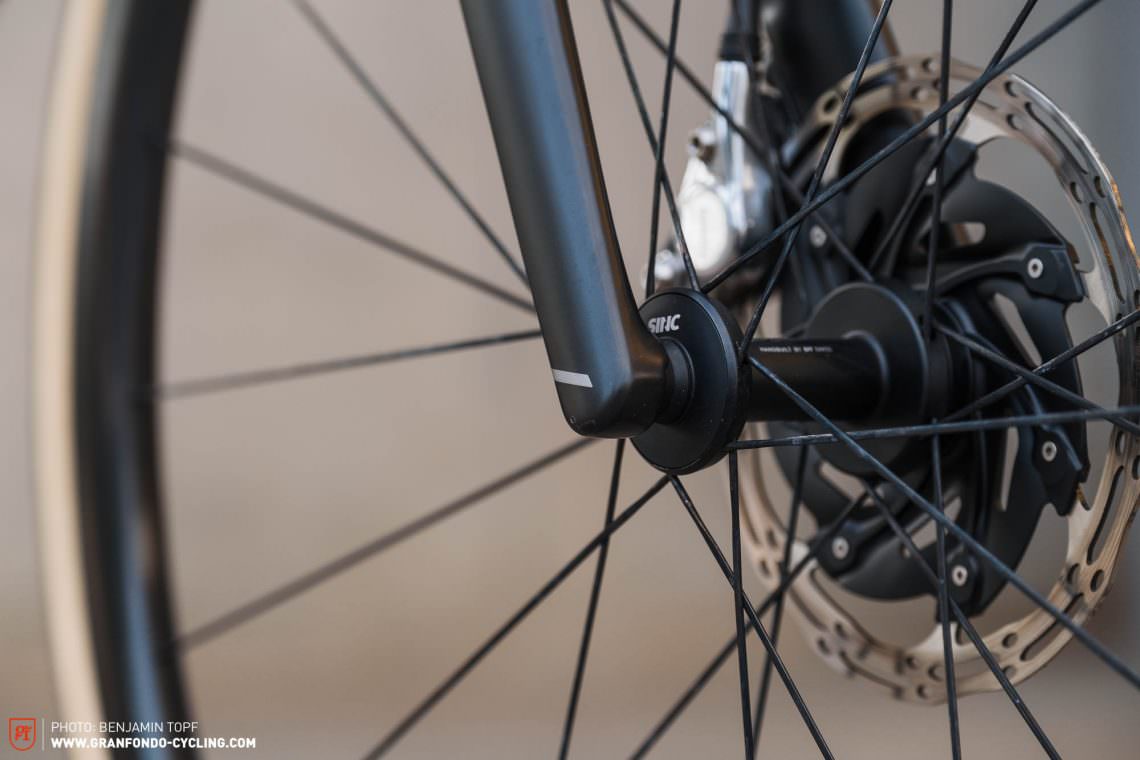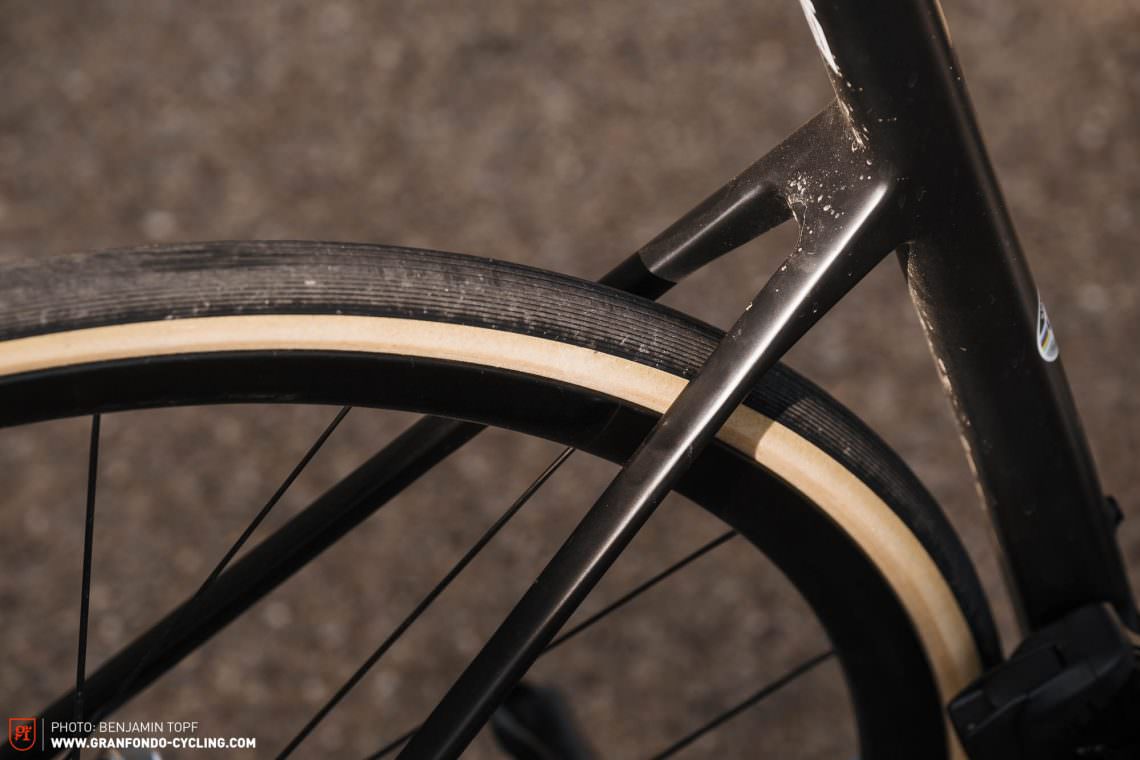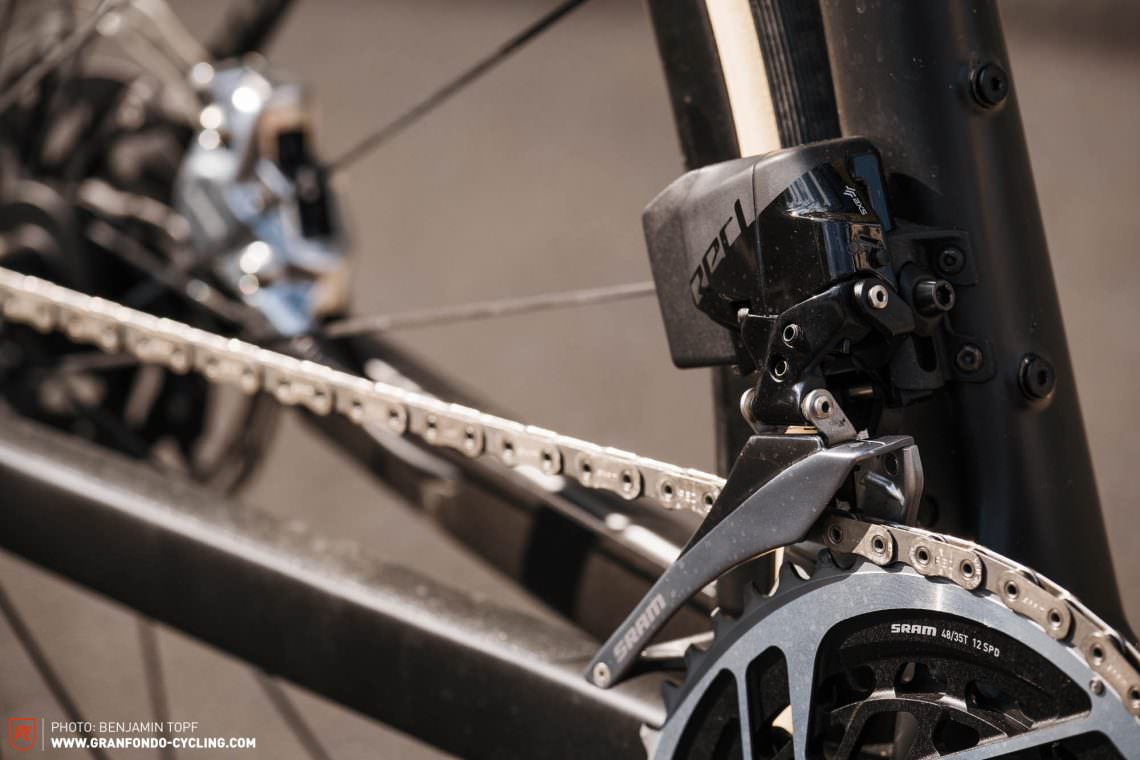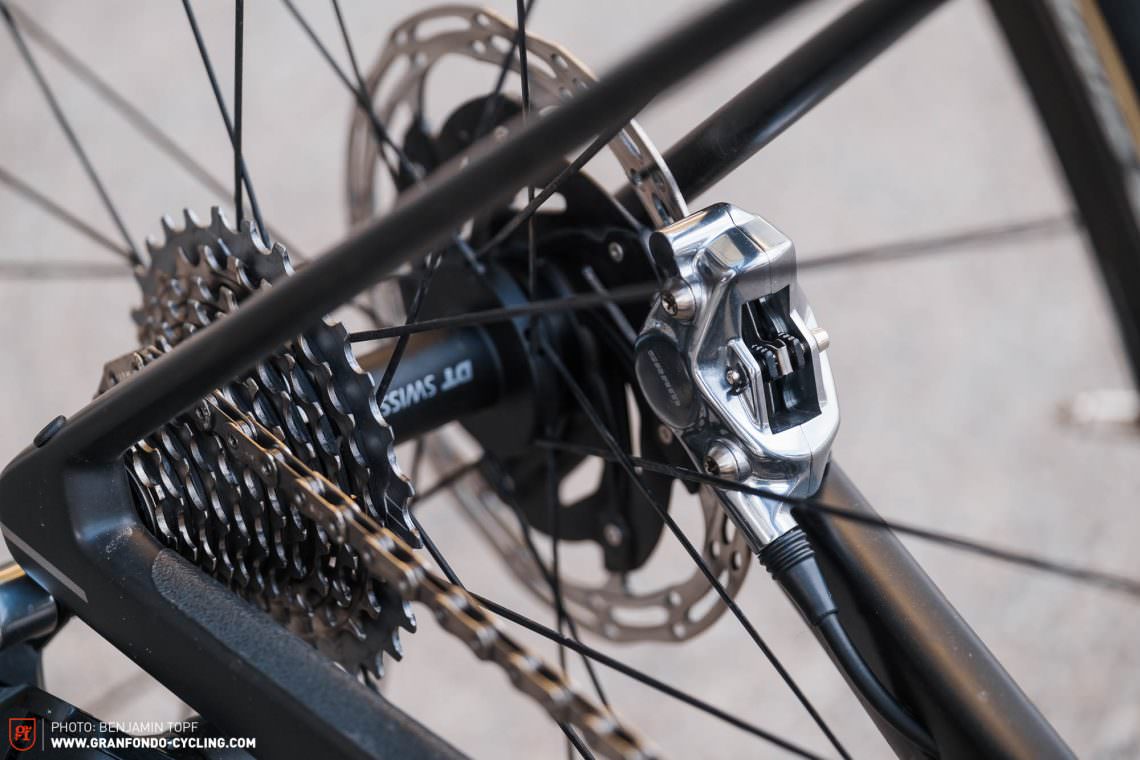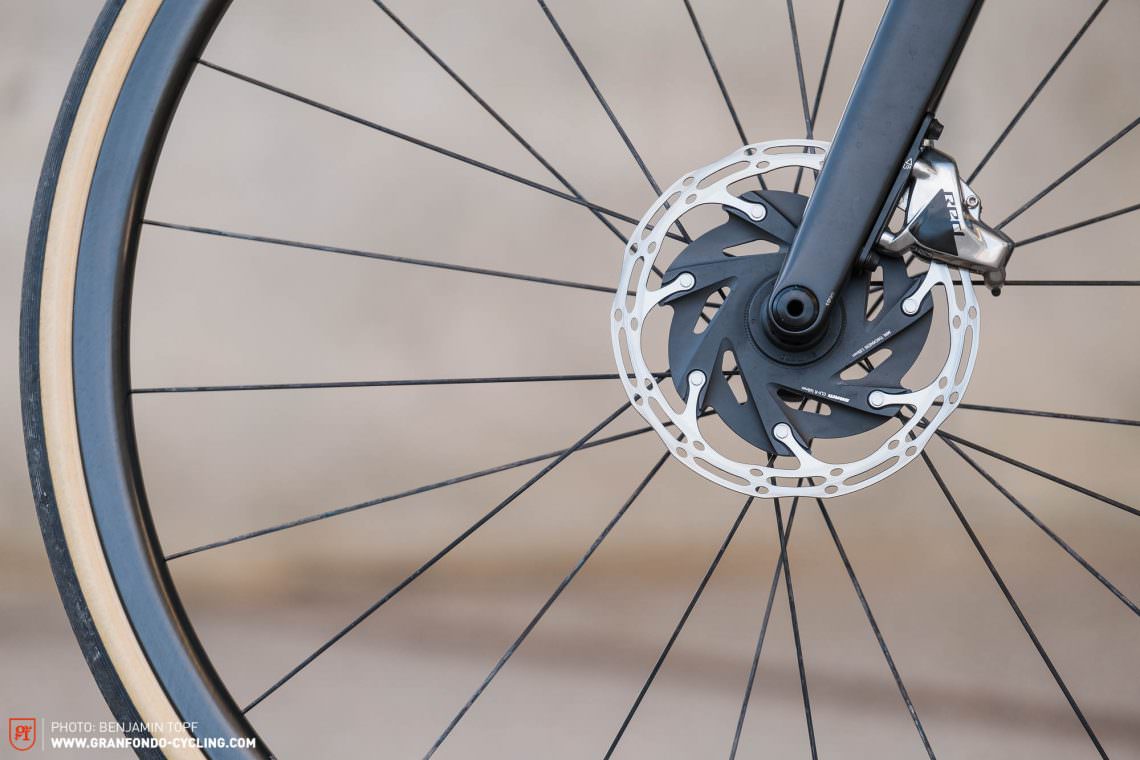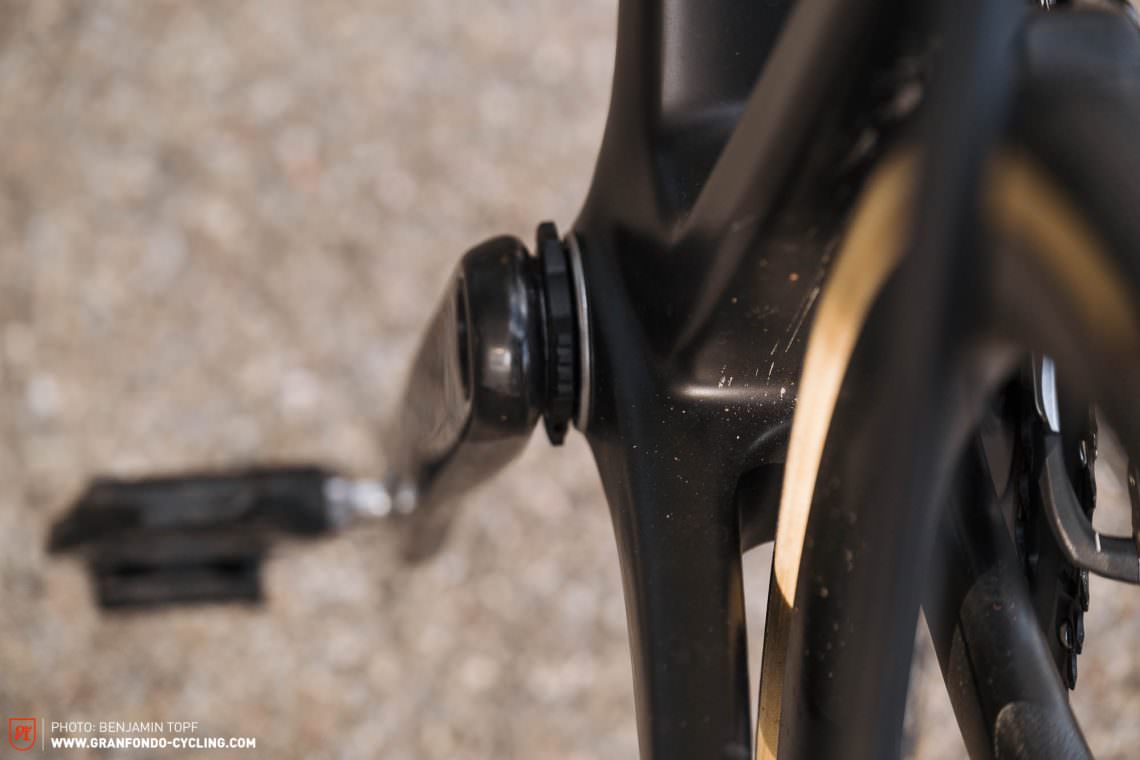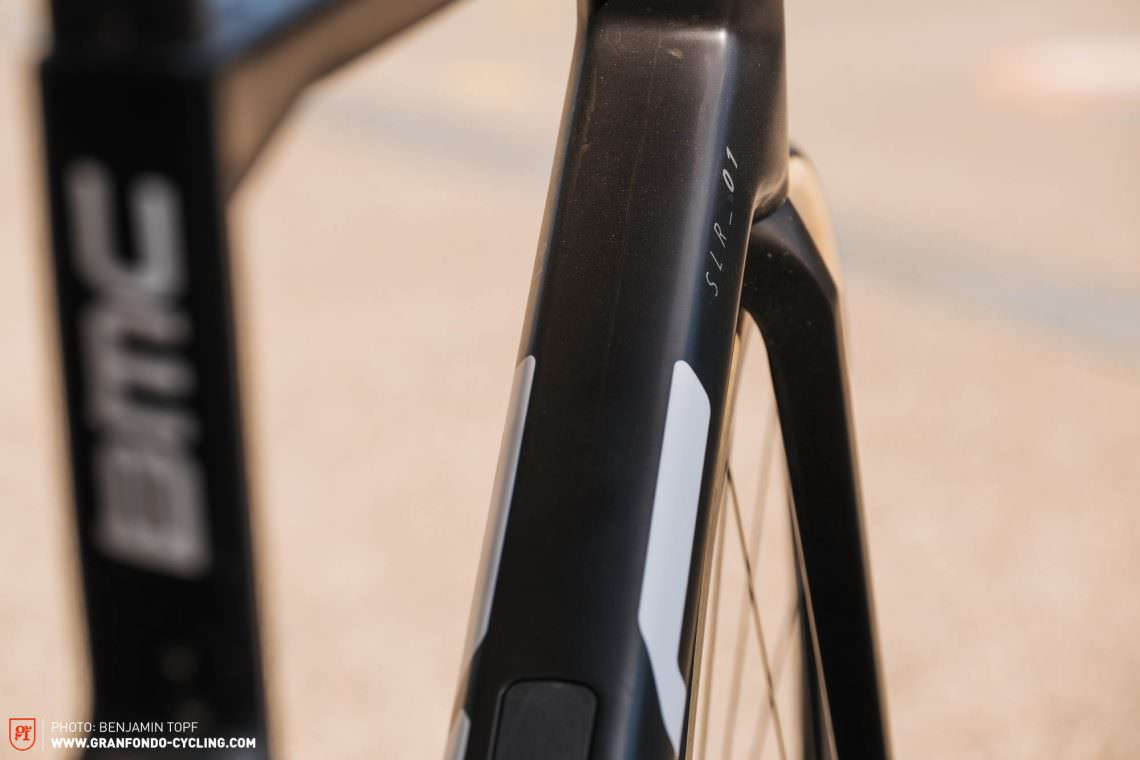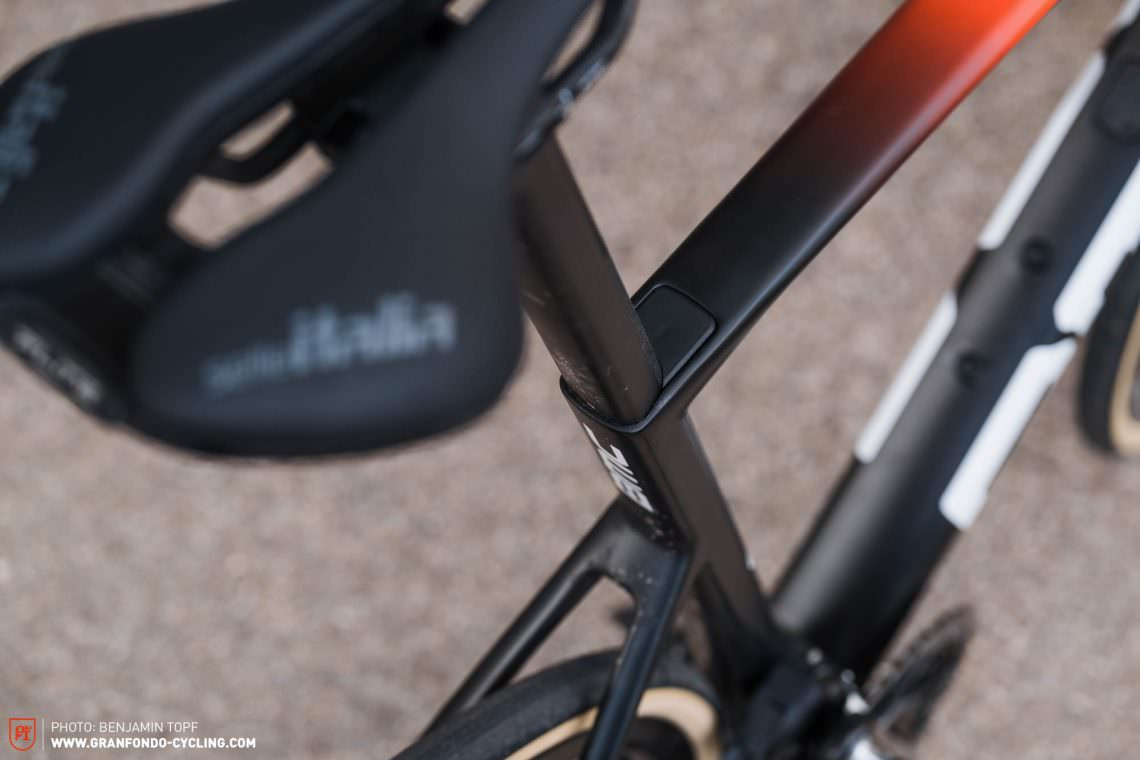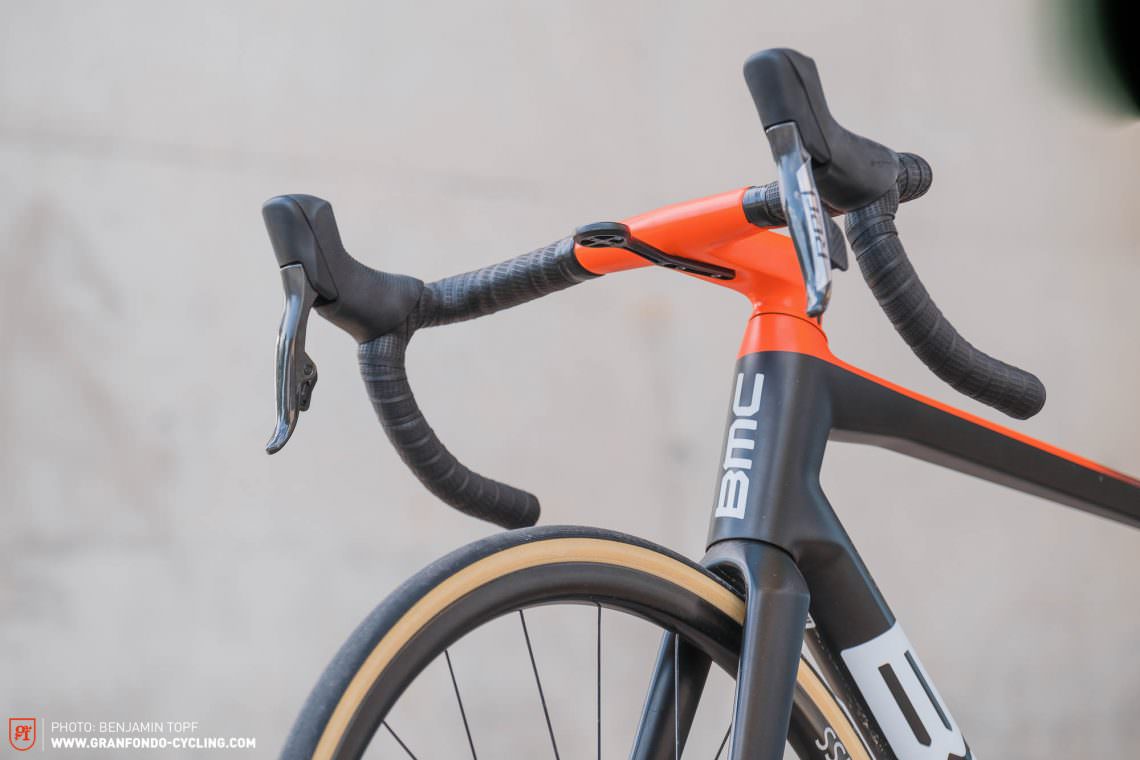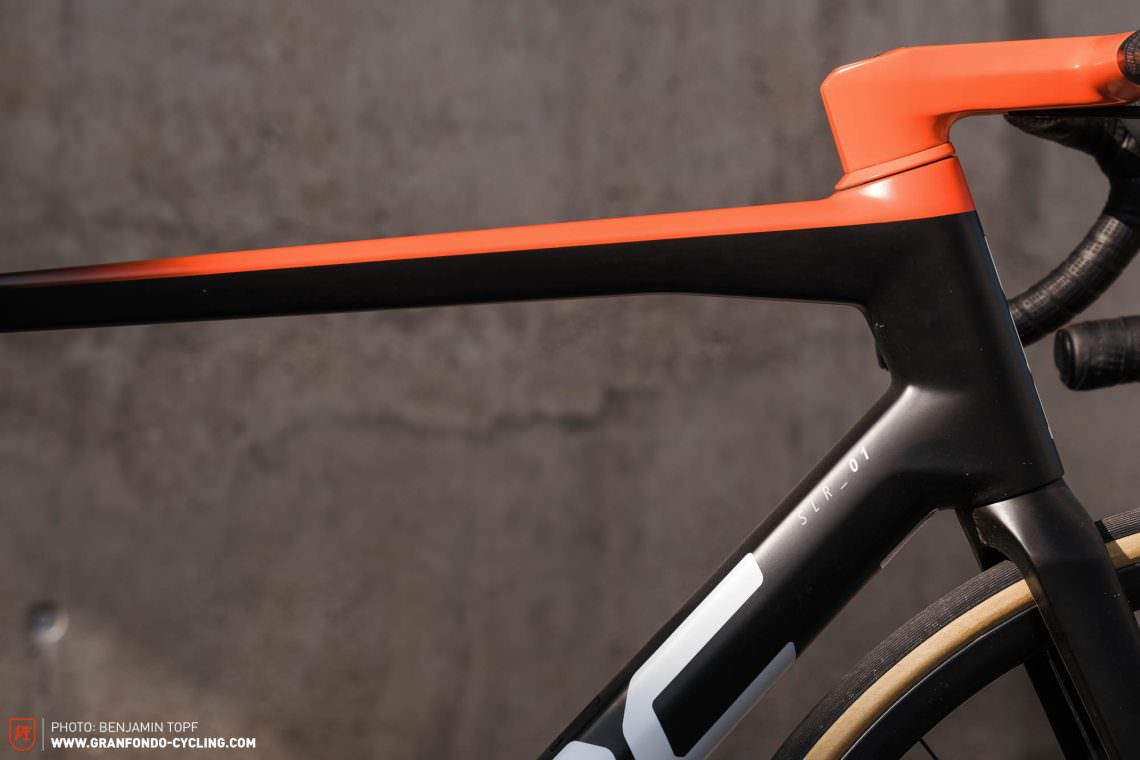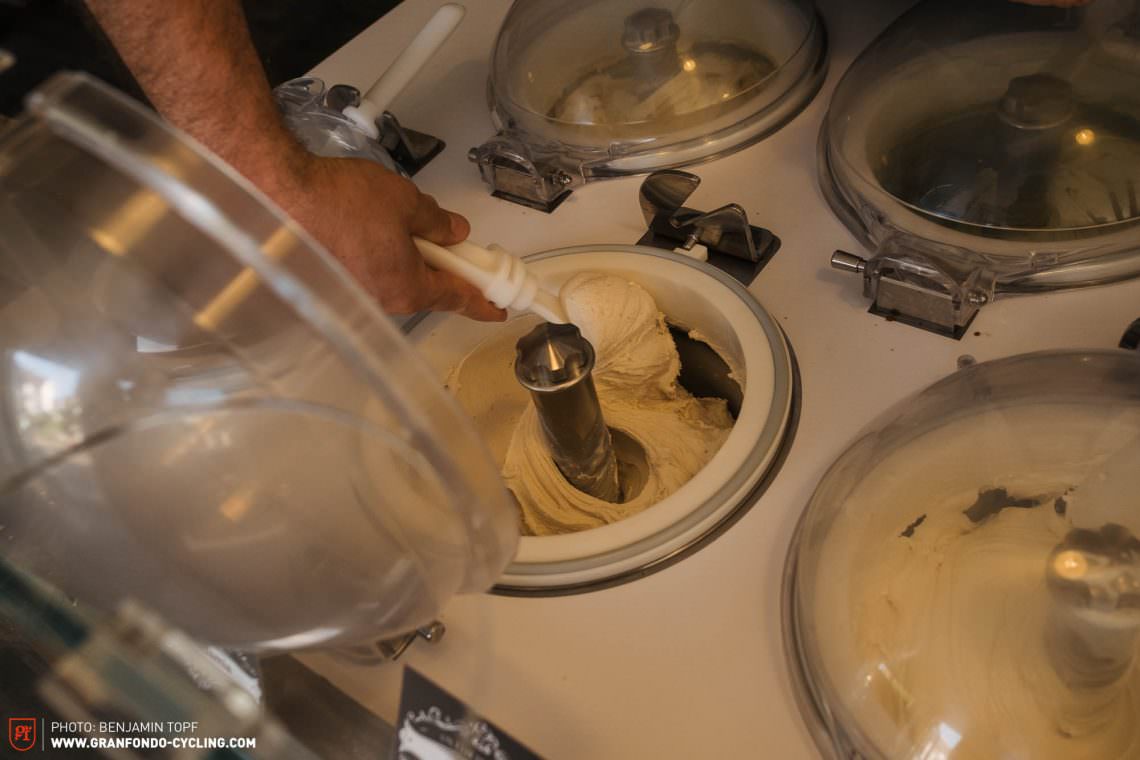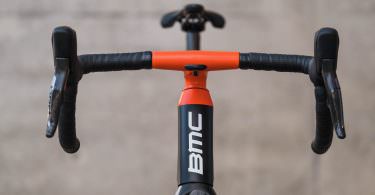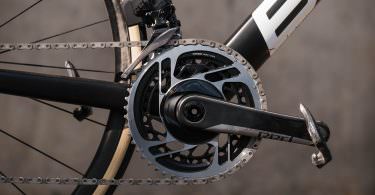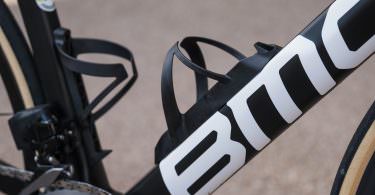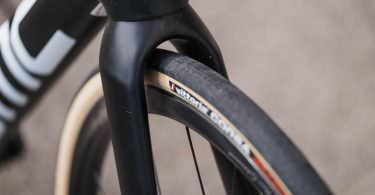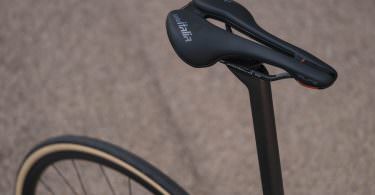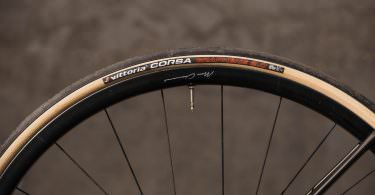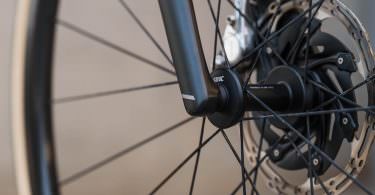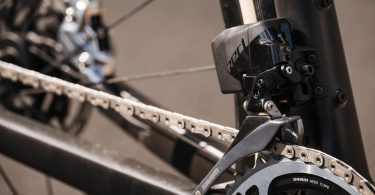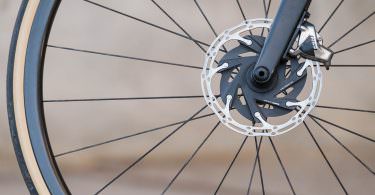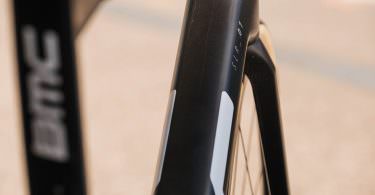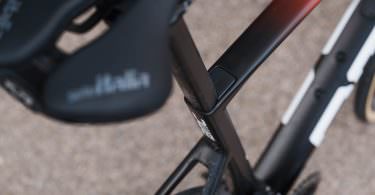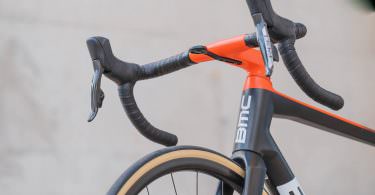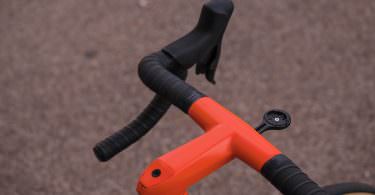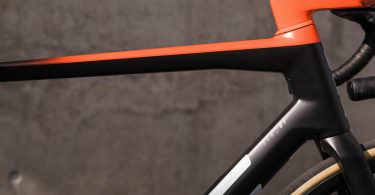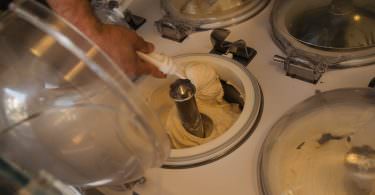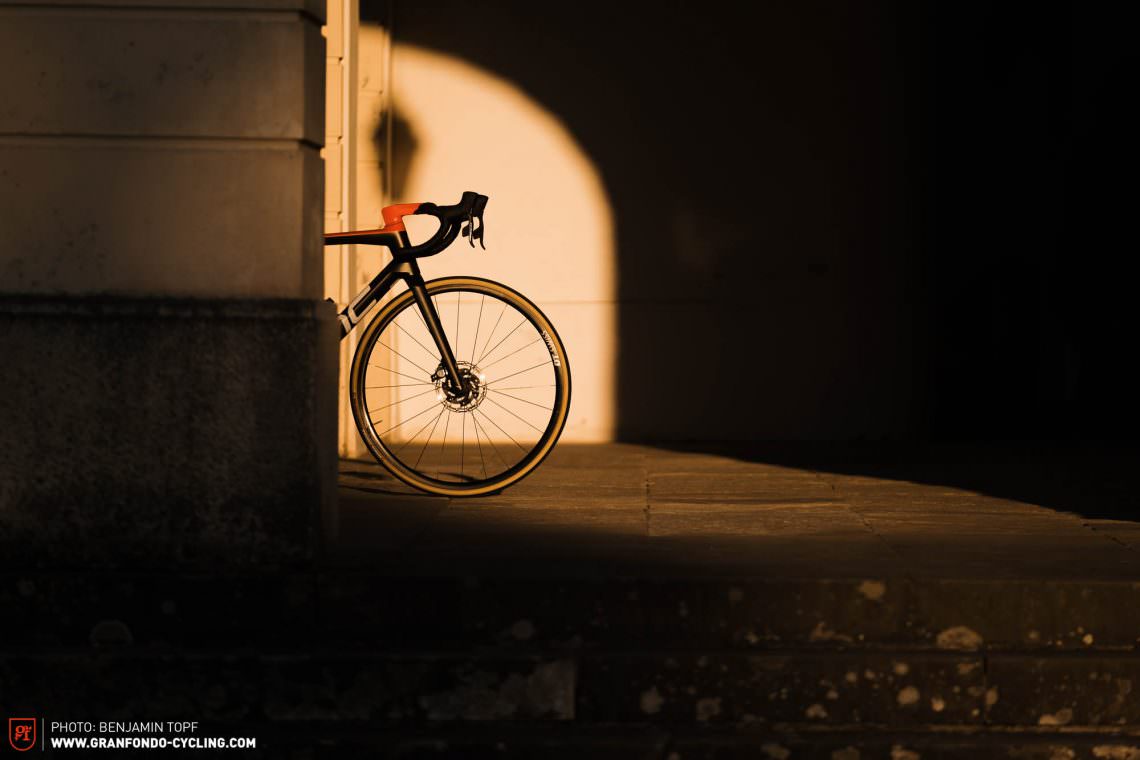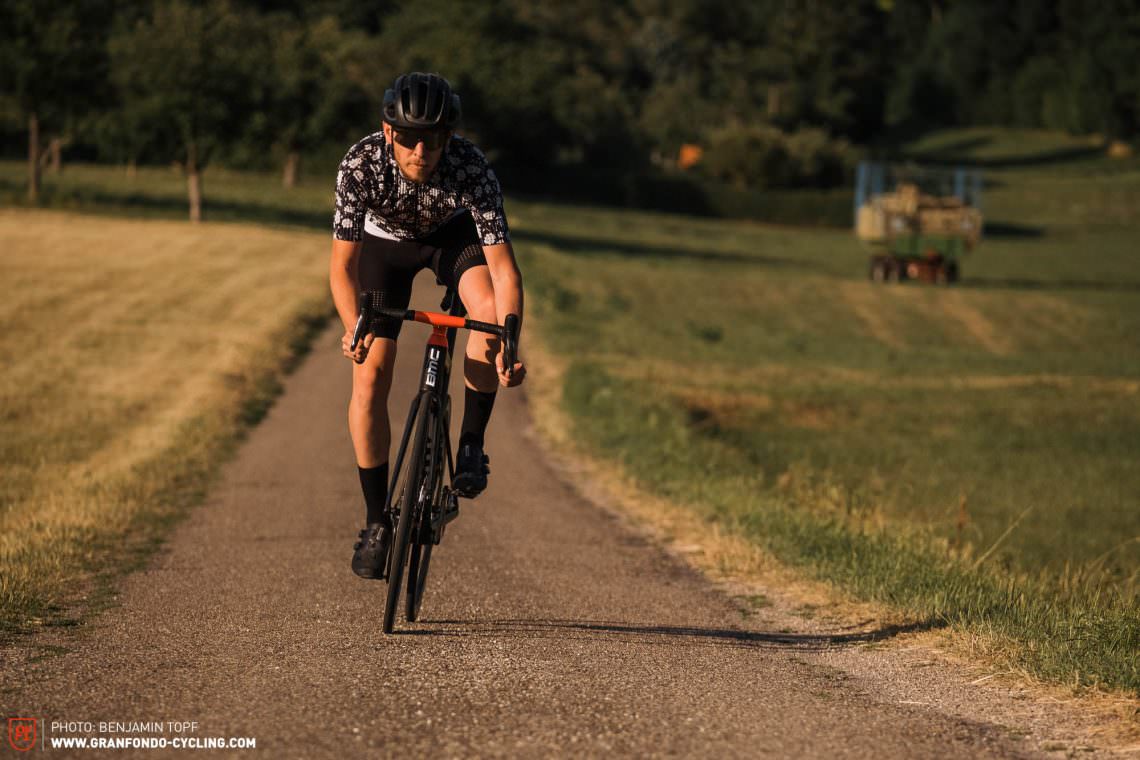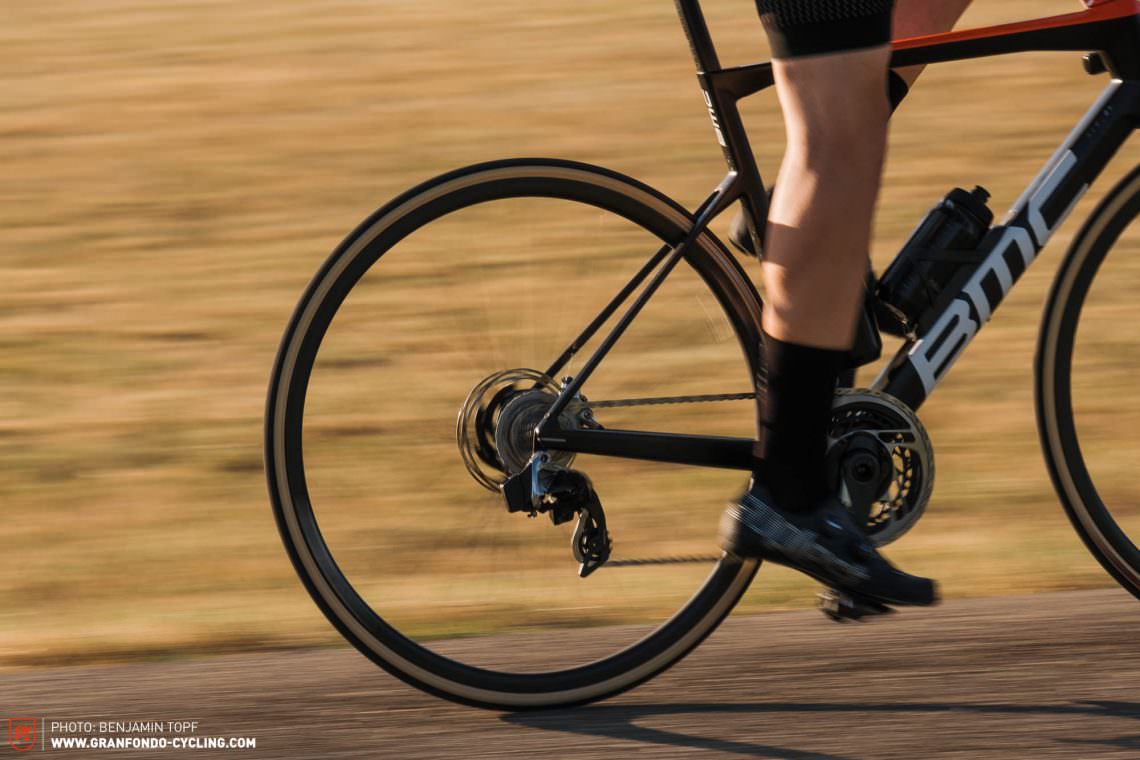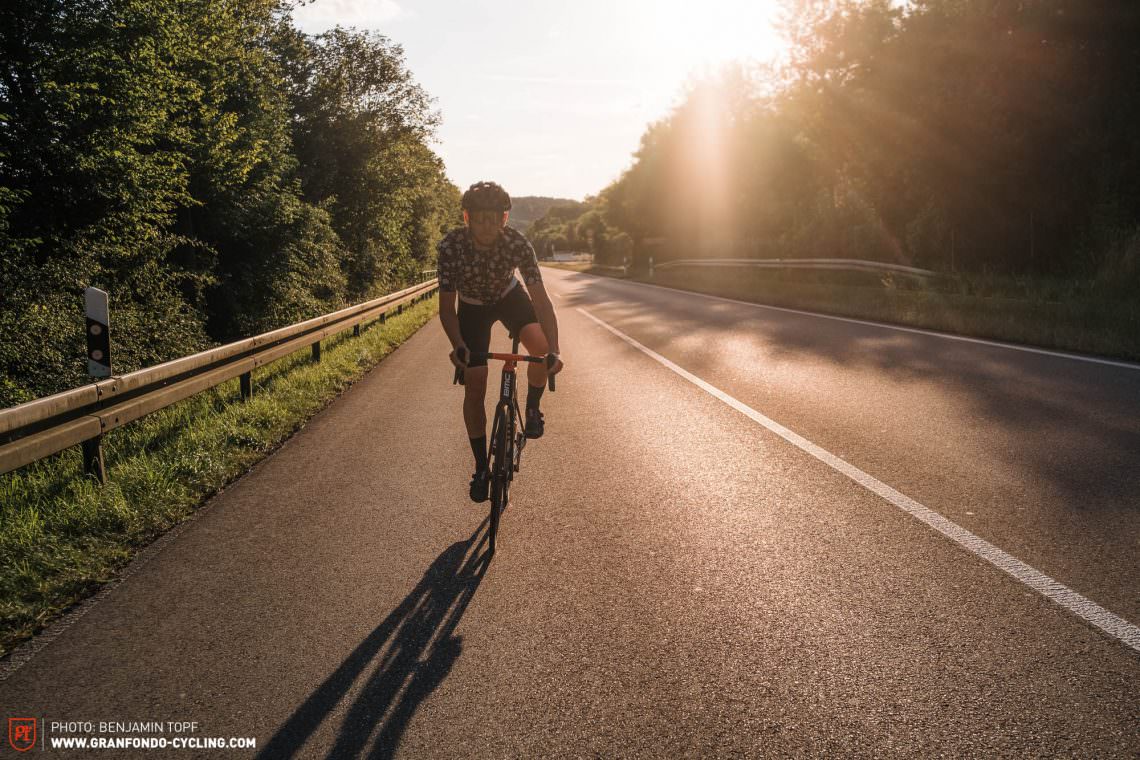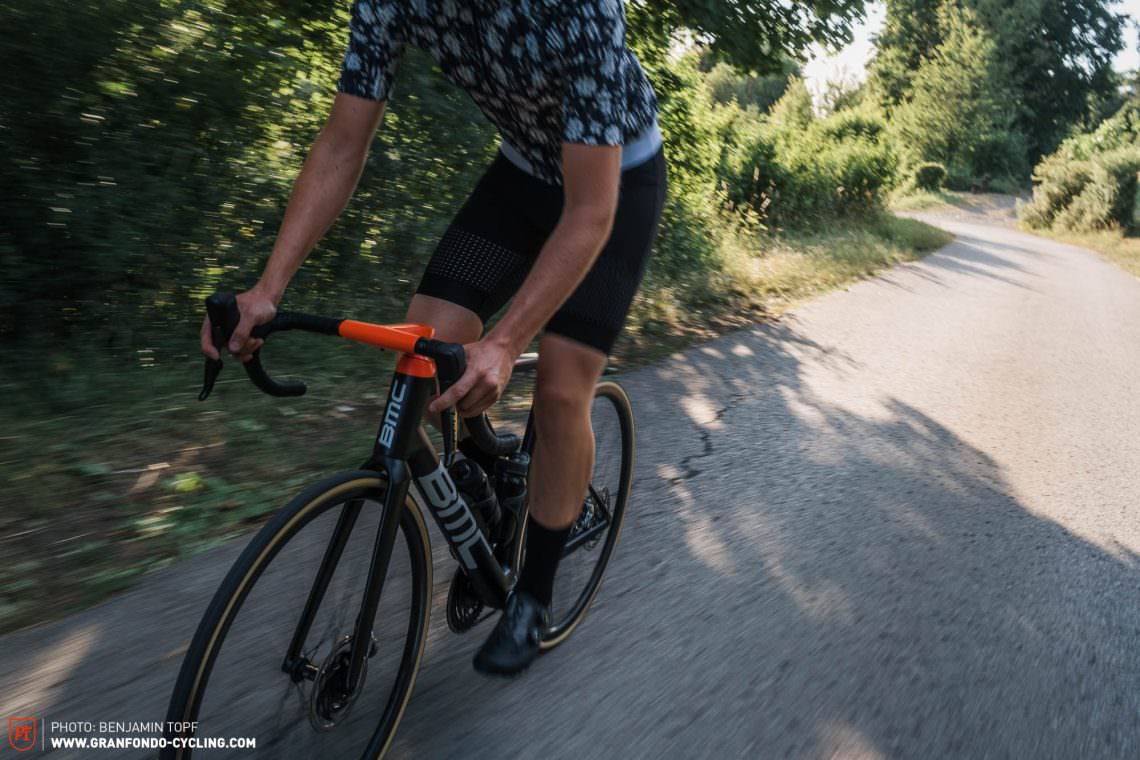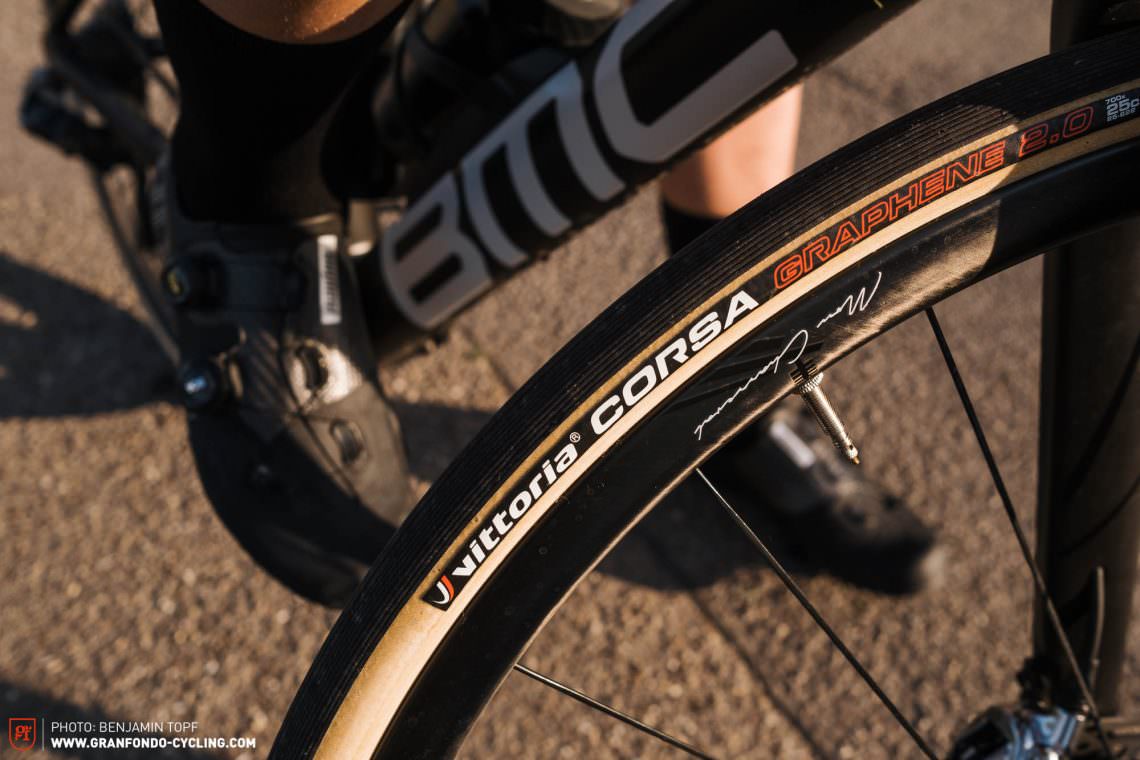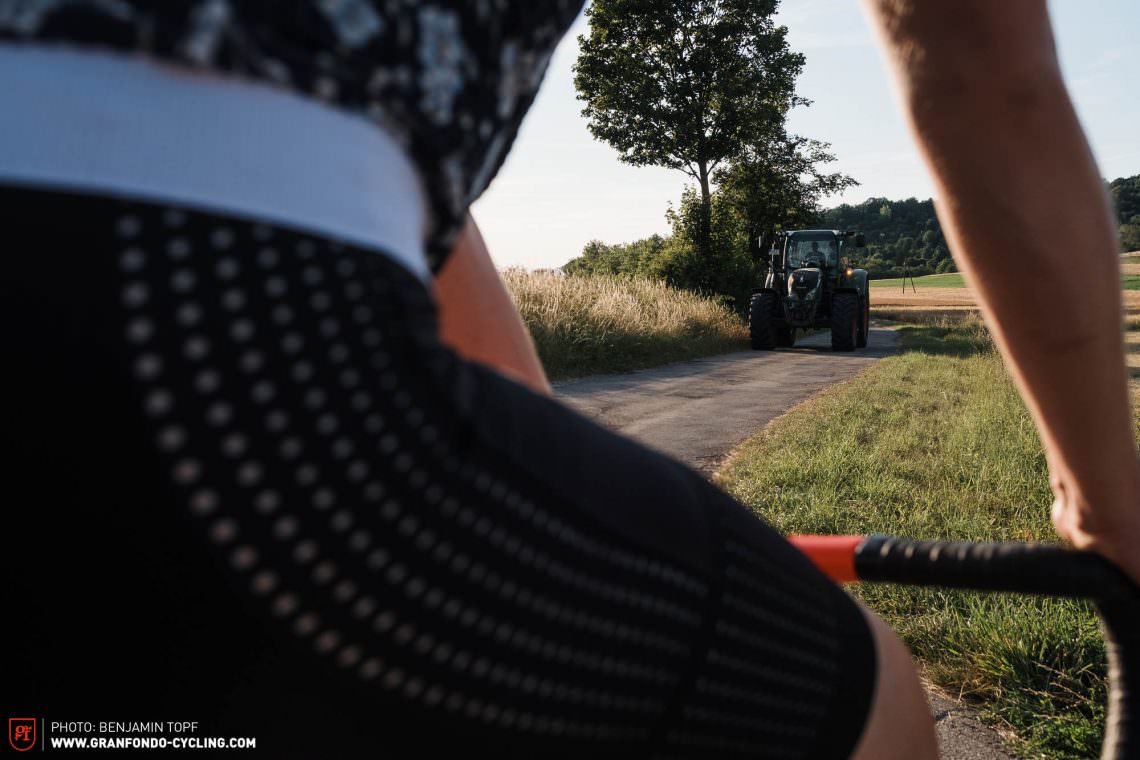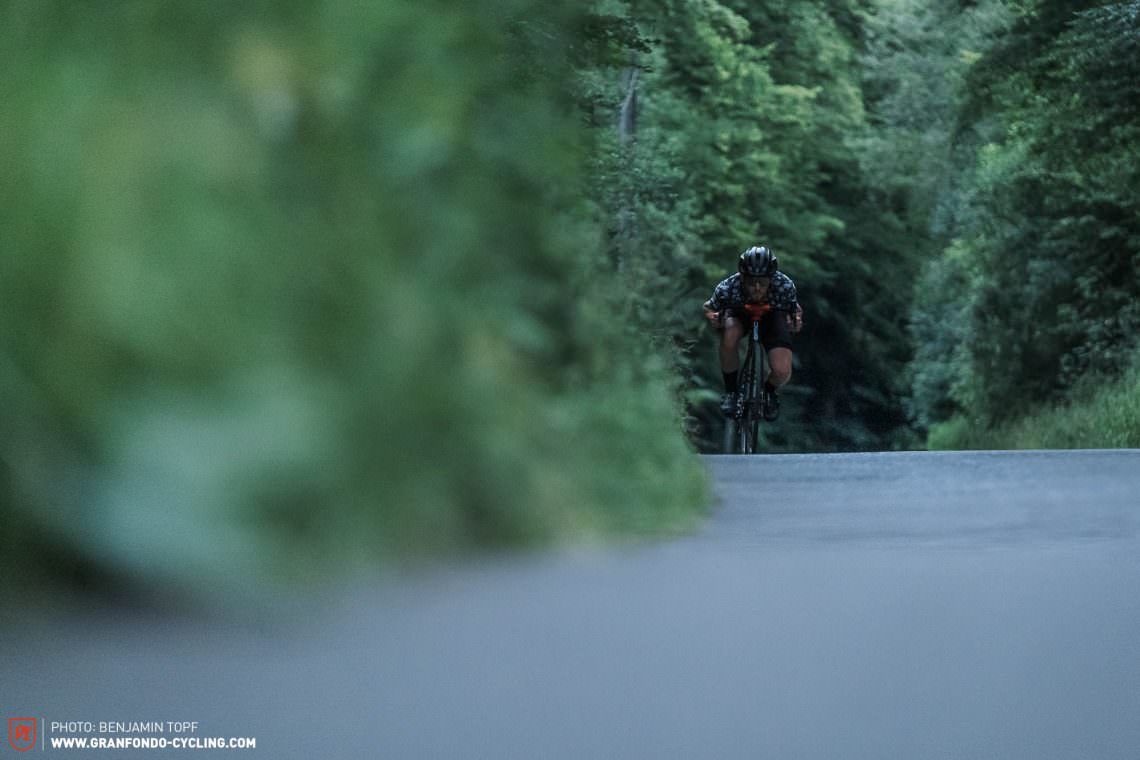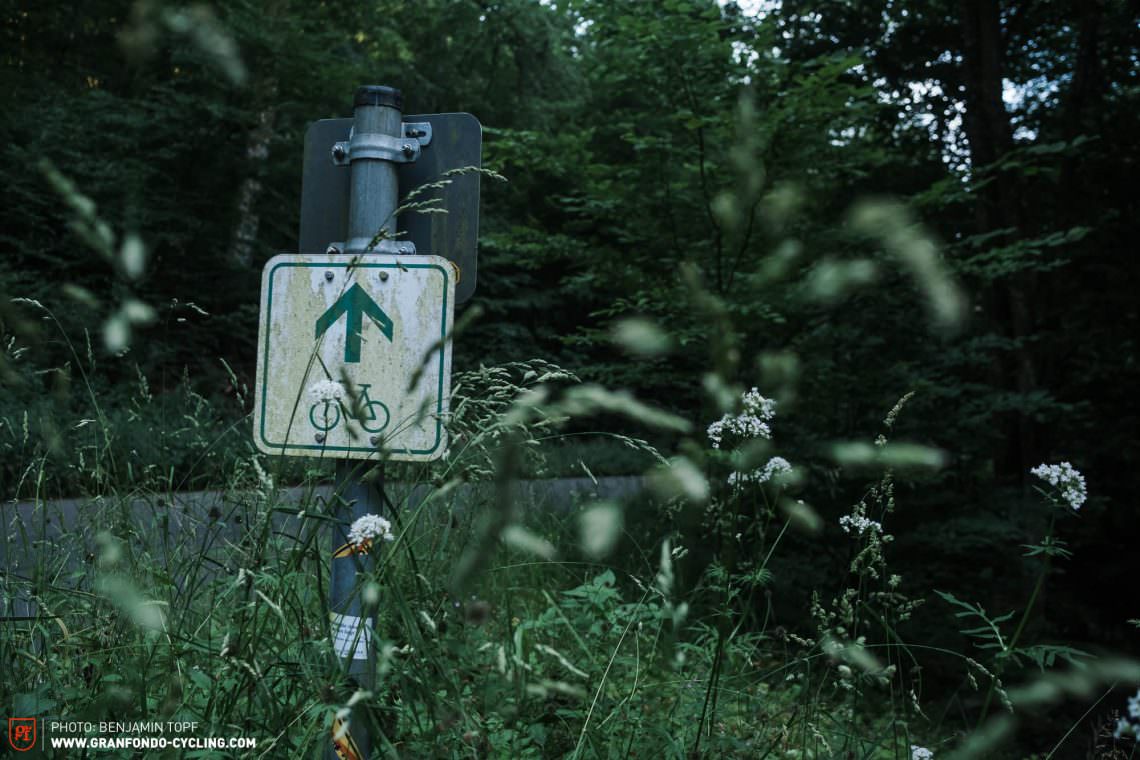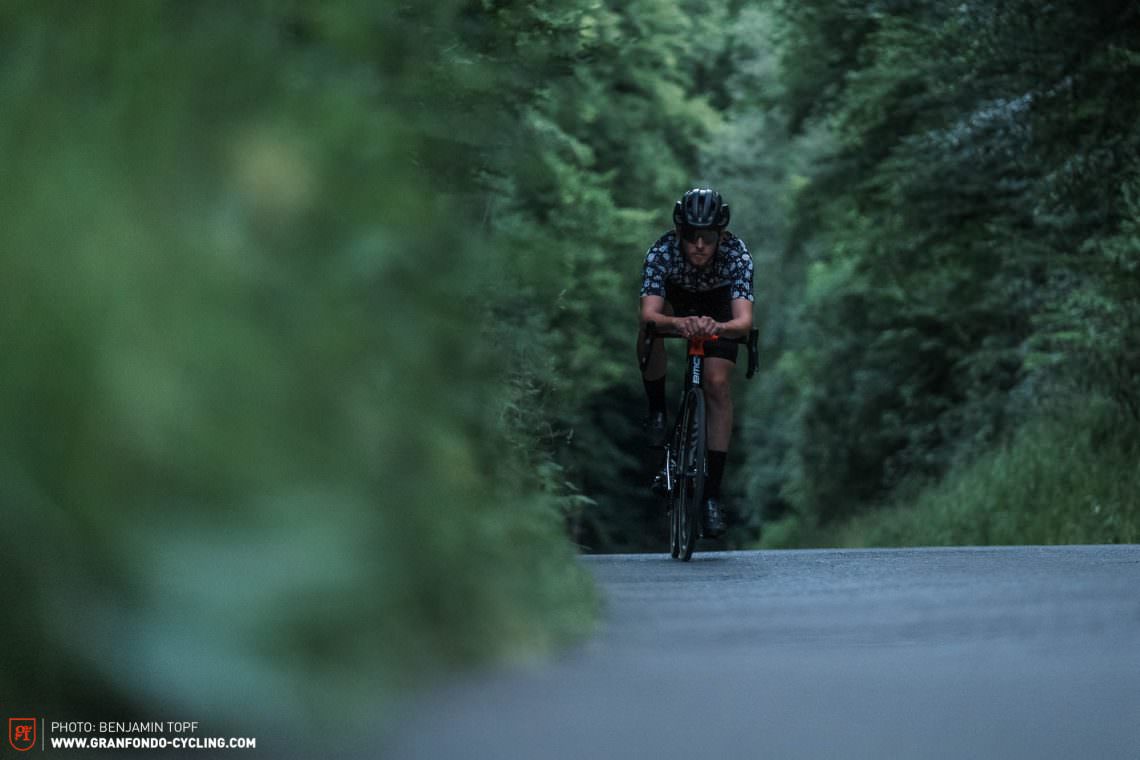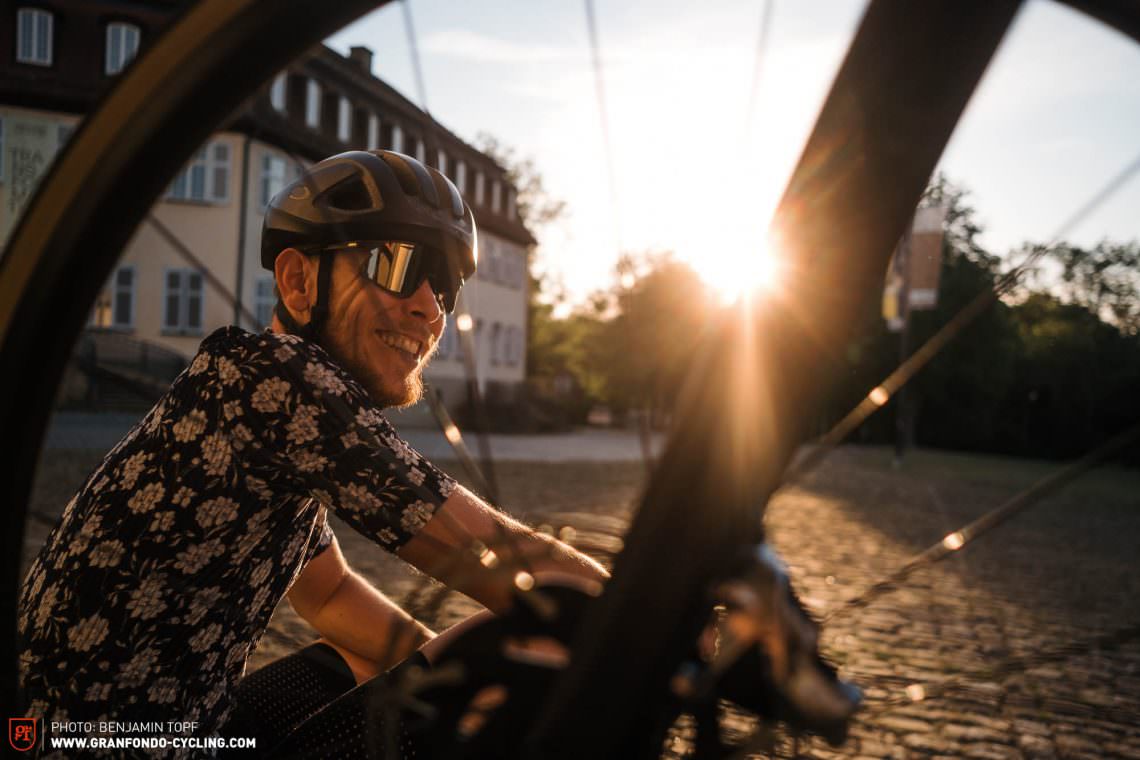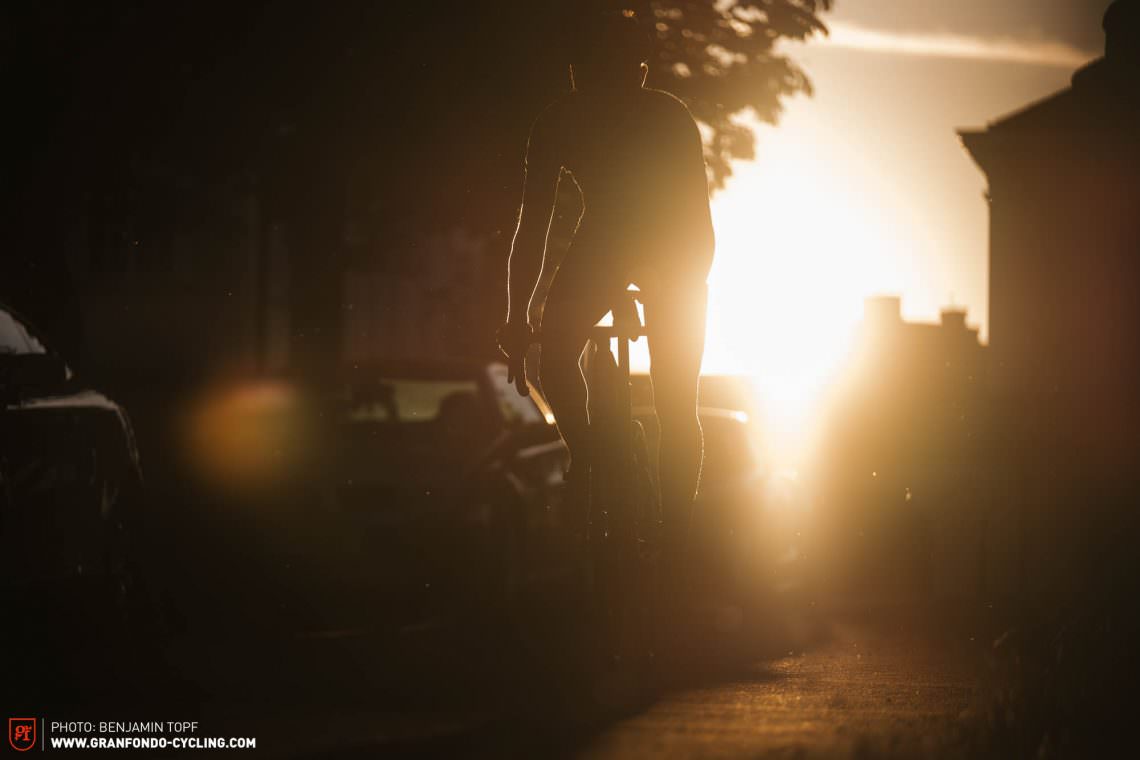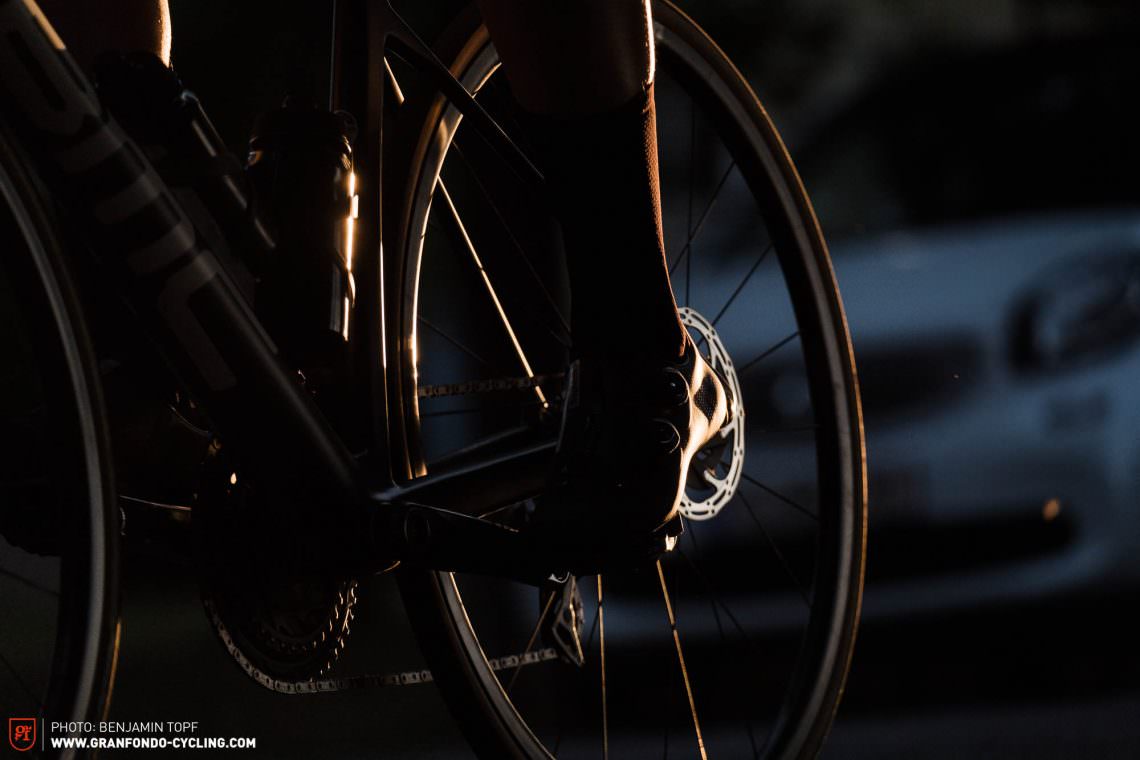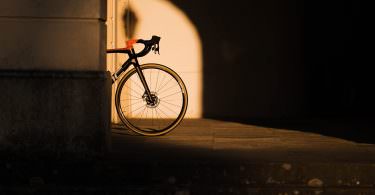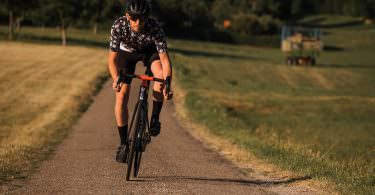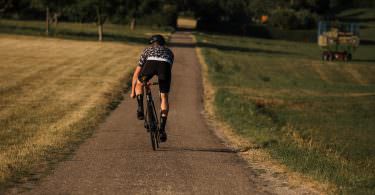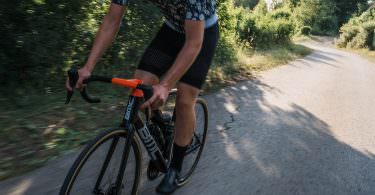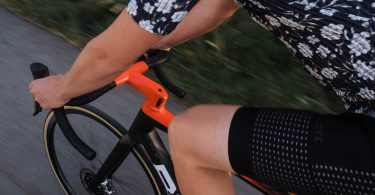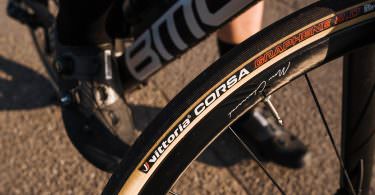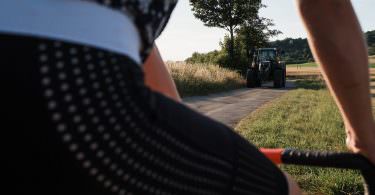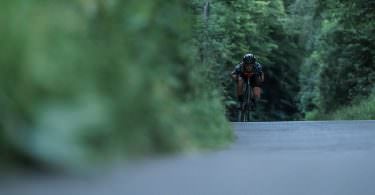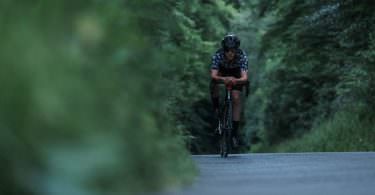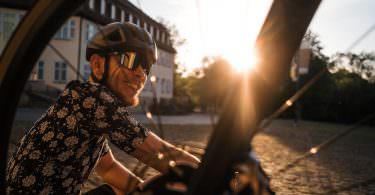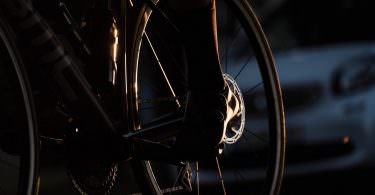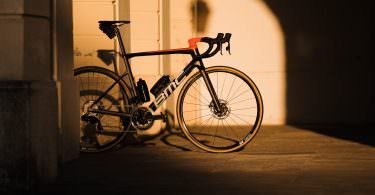You’ve signed up for the Öztaler but during a training ride a month before you notice that you’ve only managed 4,000 of the 5,500 metres ascending planned for the race. If so, the BMC Teammachine SLR01 might be your saviour! You can find out how the Swiss bike performed in our first ride review here.
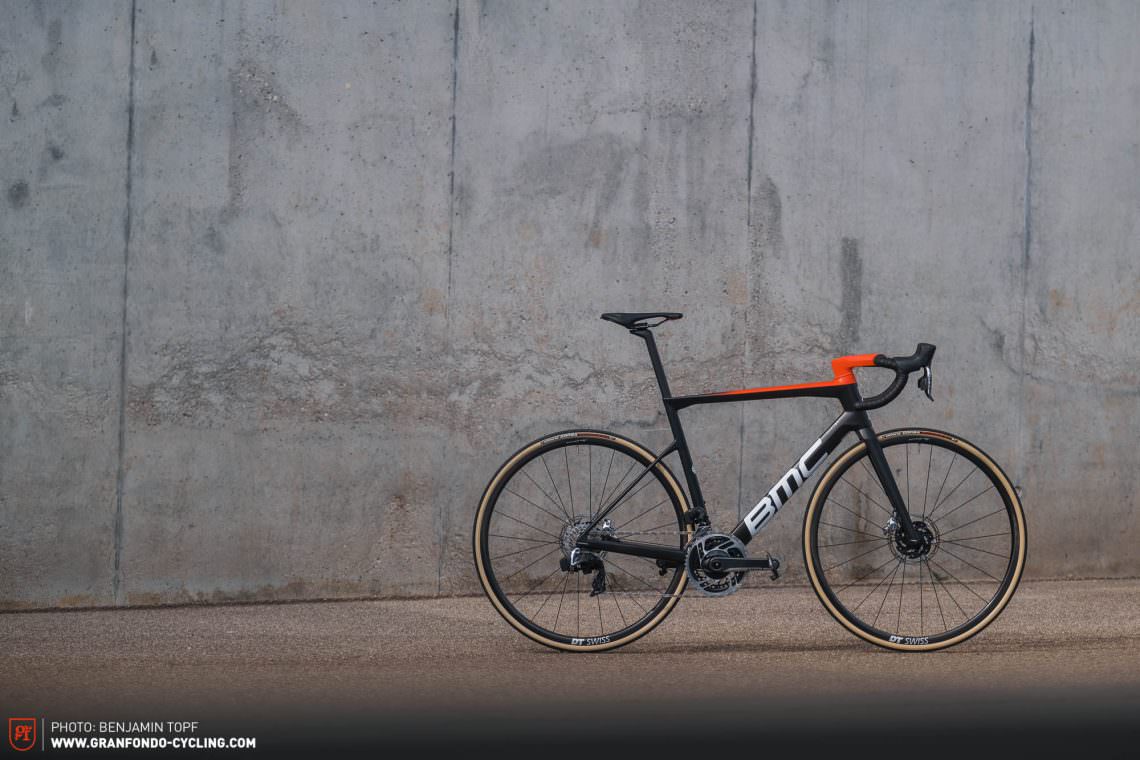
Which bike does BMC’s Bike Finder point you to if your focus is on road, racing and efficiency? The BMC Teammachine SLR! Ten years ago, the first generation was released and ridden into the limelight with Cadel Evans’ Tour de France win. The SLR platform and its proprietary TCC (Tuned Compliance Concept) was born and the dropped seat stay design established. Multiple wins at the Olympics, Road World Championships, World Tour races and two more Teammachine SLR generations followed. All that has led to the new, fourth-generation Teammachine SLR road bike. The ambitious goal: for the new BMC to place on podiums at all the most important races over the next decade!

The Swiss brand’s engineers have done a lot of tinkering to create, what they claim, is the fastest Teammachine of all times. The simple and logical calculation: less weight and better aerodynamics result in a faster road bike. BMC’s ACE technology (see the video here) has been further refined to ACE+. The parametric design software, which automatically ‘tests’ thousands of virtual prototypes based on stiffness, weight and comfort, can now also optimise potential frames for aerodynamics. According to BMC, that makes it possible to find the perfect balance of these four parameters and design the frame accordingly. Compared to its predecessor, the head tube, fork and down tube of the new SLR have been aerodynamically optimised and now have an elongated form, similar to the more exaggerated shaping found on the BMC’s aero bike, the Timemachine Road (read our test here). The down tube was the key focus in the aerodynamic development of the bike. Its area has been increased and its profile optimised to balance weight and aerodynamics. The Aerocore bottle cages blend seamlessly into the down tube and are designed to further improve aerodynamics. According to BMC’s own tests, every test rider was faster in all tests riding the new Teammachine, than they were on the previous model. Aerodynamic improvements are claimed to be 6%.
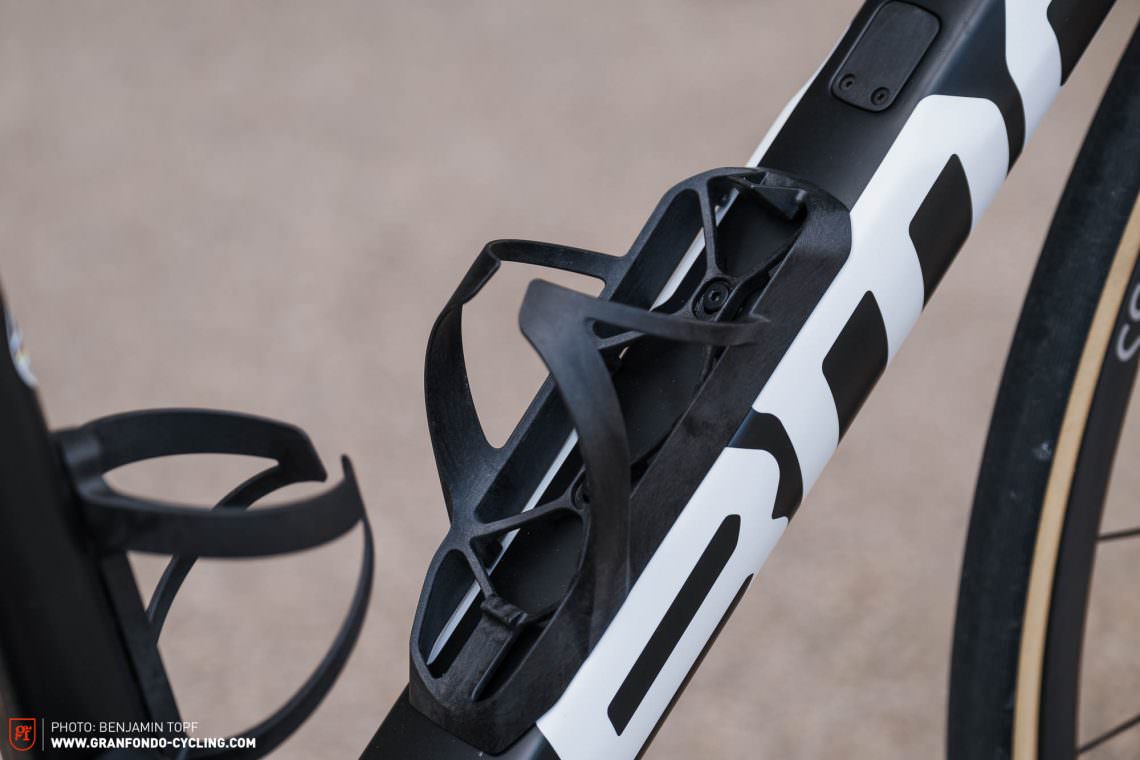
Caution: risk of confusion. The bottle cages are quickly mounted the wrong way around in the heat of the moment.

The new design of the D-shape seat stays makes less material and better aerodynamics possible.

The new fork has been elongated to reduce air resistance, yet still manages to save 50 g compared to its predecessor.

Despite this, the system weight, consisting of frame, fork, seatpost and cockpit is claimed to have been reduced by 9%, equivalent to a 160 g saving. The two-piece ICS cockpit, which we previously tested on the BMC URS gravel bike and the BMC Roadmachine (read the review here) has also seen some developments and is now available in two different versions. It’s available as the two-piece ICS2, though a little slimmer and 15 g lighter than its predecessor, or as a one-piece ICS carbon cockpit. In both cases, cables are routed completely internally, creating a very clean look.
All version of the ICS carbon cockpit
| Stem length | Bar width | Version | Weight |
|---|---|---|---|
| 90 mm | 400 mm | RED | 285 g |
| 100 mm | 420 mm | RED | – |
| 110 mm | 420 mm | RED | 305 g |
| 110 mm | 400 mm | RED TEAM | – |
| 120 mm | 400 mm | RED TEAM | – |
| 130 mm | 400 mm | RED TEAM | – |
| 140 mm | 400 mm | RED TEAM | 360 g |

Reach and drop of the new ICS carbon cockpits are 67 and 127 mm respectively. The stem has a -15° drop.
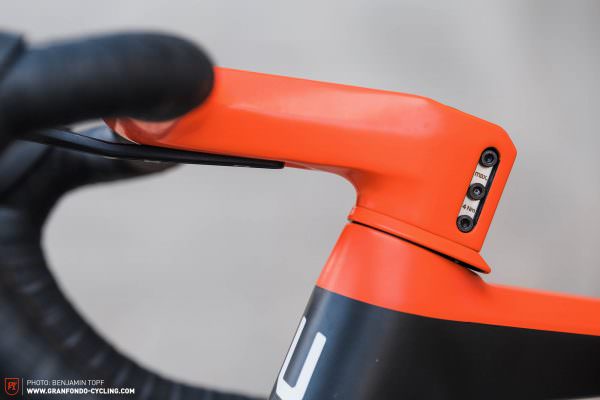

Weight savings of the fourth vs. the third SLR01 generation
| Generation | 4 (2021) | 3 (2017) |
|---|---|---|
| Frame | 820 g | 815 g |
| Fork | 345 g | 395 g |
| Seatpost | 185 g | 195 g |
| Cockpit | 305 g | 410 g |
| Total weight | 1,655 g | 1,815 g |
| Weight savings | -160 g or 9 % |

Technically and visually neat, and it even saves some weight.
BMC Teammachine SLR01 – geometry and components
The new Teammachine is available in four different SLR01 builds, using the premium SLR01 frameset, and five versions based on the SLR frame. The new ICS carbon cockpit is reserved for the two top-end models. The SLR01 ONE we tested comes with a complete SRAM Red eTap AXS drivetrain (read our review here) and DT Swiss PRC 1100 wheels. The size 56 bike weighs just 6.86 kg and costs € 10,999. Undoubtedly expensive, we wouldn’t have found fault with the price except for the lack of a Quarq power meter which, disappointingly, is not included as part of the package.
Groupset SRAM RED eTap AXS, 2 x 12, 48–35T
Cassette SRAM RED 10–28T
Brakes SRAM RED eTap AXS 160/160 mm
Wheelset DT Swiss PRC 1100 DICUT Mon Chasseral Disc
Tires Vittoria Corsa 700 x 25C
Seatpost Teammachine SLR 01 Premium Carbon D-Shape, 15 mm offset
Bars ICS Carbon, 420 mm
Stem ICS Carbon, 110 mm
Weight 6.86 kg in size 56
Price € 10,999
Available now
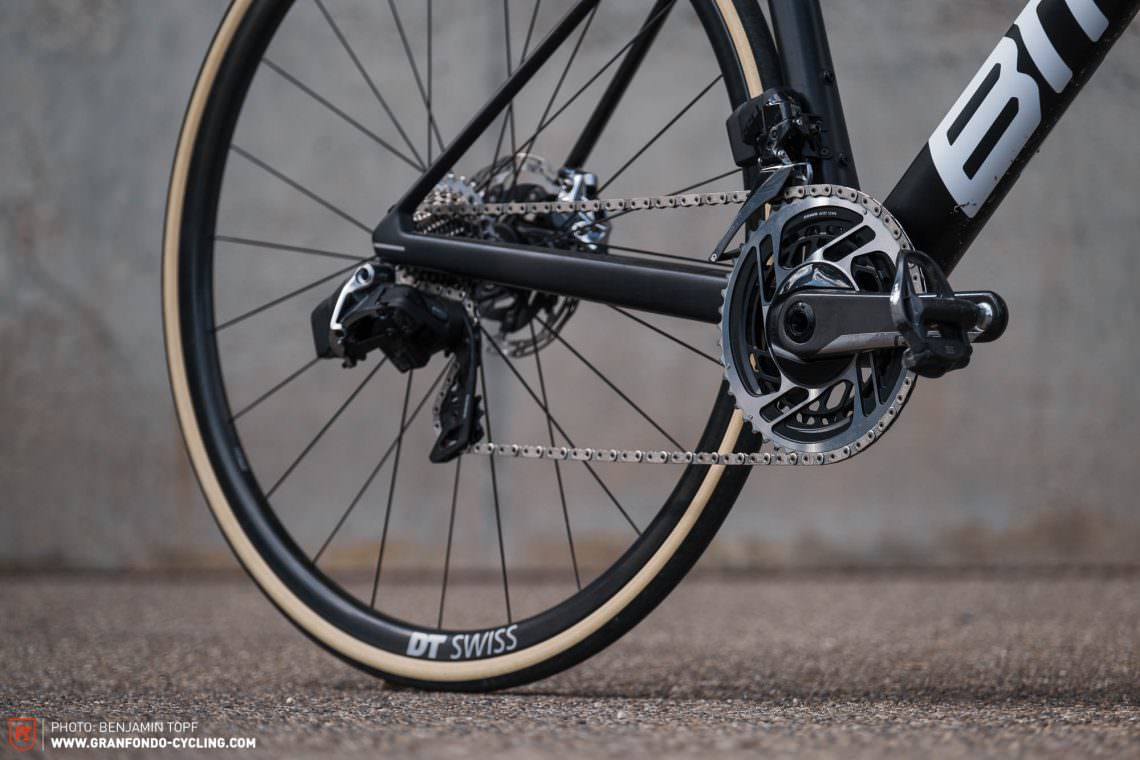
Overview of the Teammachine models
| Model | Cockpit | Groupset | Colour | Price |
|---|---|---|---|---|
| SLR01 ONE | ICS Carbon | RED eTap AXS | Carbon & Neon Red | € 10,999 |
| SLR01 TWO | ICS Carbon | DURA-ACE Di2 | Iron Grey & Neon Red | € 10,499 |
| SLR01 THREE | ICS2 | Force AXS HRD | Metallic Orange & Carbo | € 7,499 |
| SLR01 FOUR | ICS2 | ULTEGRA Di2 | Pearl Blue & Carbon | € 6,799 |
| SLR01 V1-frameset | ICS Carbon | – | Carbon & Neon Red | € 4,599 |
| SLR01 V2-frameset | ICS Carbon | – | Deep Sea & Neon Red | € 4,599 |
| SLR01 V3-frameset | ICS2 | – | Poison Green & Carbon | € 4,299 |
| SLR ONE | ICS01 | Force AXS HRD | Anthracite Prisma & White | € 5,299 |
| SLR TWO | kein ICS | ULTEGRA Di2 | Pearl Grey & Black | € 4,799 |
| SLR THREE | kein ICS | ULTEGRA | Carbon & Gold | € 3,599 |
| SLR FOUR V1 | kein ICS | 105 | Racing Red & Brushed Silver | € 2,799 |
| SLR FOUR V2 | kein ICS | 105 | True Blue & Neon Red | € 2,799 |



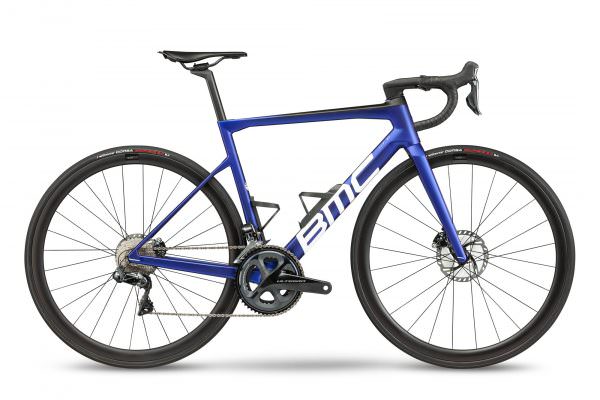
| Size | 47 | 51 | 54 | 56 | 58 | 61 |
|---|---|---|---|---|---|---|
| Seat tube | 423 mm | 468 mm | 504 mm | 524 mm | 545 mm | 574 mm |
| Top tube | 517 mm | 534 mm | 549 mm | 559 mm | 574 mm | 589 mm |
| Head tube | 110 mm | 130 mm | 145 mm | 165 mm | 184 mm | 210 mm |
| Head angle | 71.5 | 71.5 | 72.3° | 72.3° | 72.3° | 72.3° |
| Seat angle | 73.5° | 73.5° | 73.5° | 73.5° | 73.5° | 73.5° |
| Chainstays | 410 mm | 410 mm | 410 mm | 410 mm | 410 mm | 410 mm |
| BB Drop | 69 mm | 69 mm | 69 mm | 69 mm | 69 mm | 69 mm |
| Wheelbase | 968 mm | 986 mm | 989 mm | 1,000 mm | 1,015 mm | 1,030 mm |
| Reach | 367 mm | 377 mm | 386 mm | 392 mm | 401 mm | 409 mm |
| Stack | 506 mm | 530 mm | 550 mm | 565 mm | 584 mm | 608 mm |
BMC Teammachine SLR01 ONE first ride review
Even at a standstill, the new Teammachine exudes its potential for speed. The new ICS carbon cockpit and its internally routed cables create a streamlined look, while frame’s finish makes it look like it’s sped through flames. Red detailing starts at the cockpit and stretches back across the top tube of the otherwise matte black frame. Only the aerodynamically optimised Aerocore bottle cages disturb the otherwise svelte lines of the Teammachine, sitting a little too proud in profile.
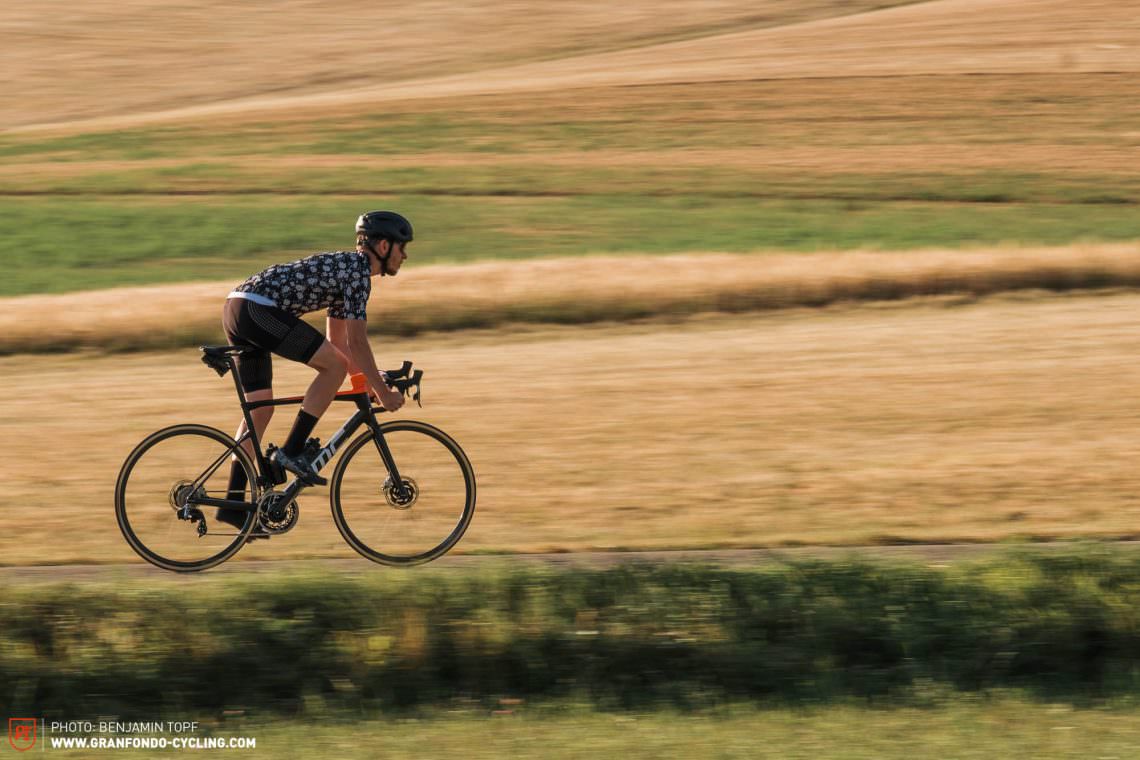
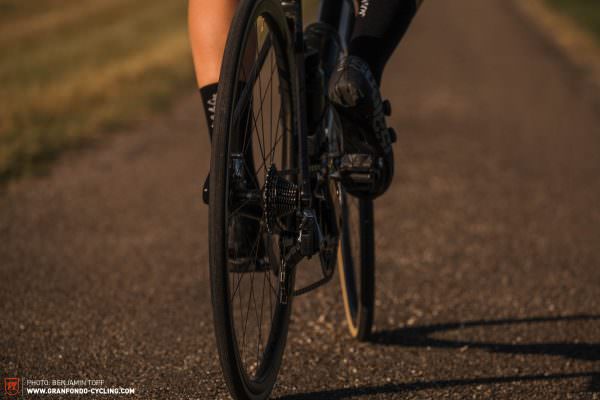

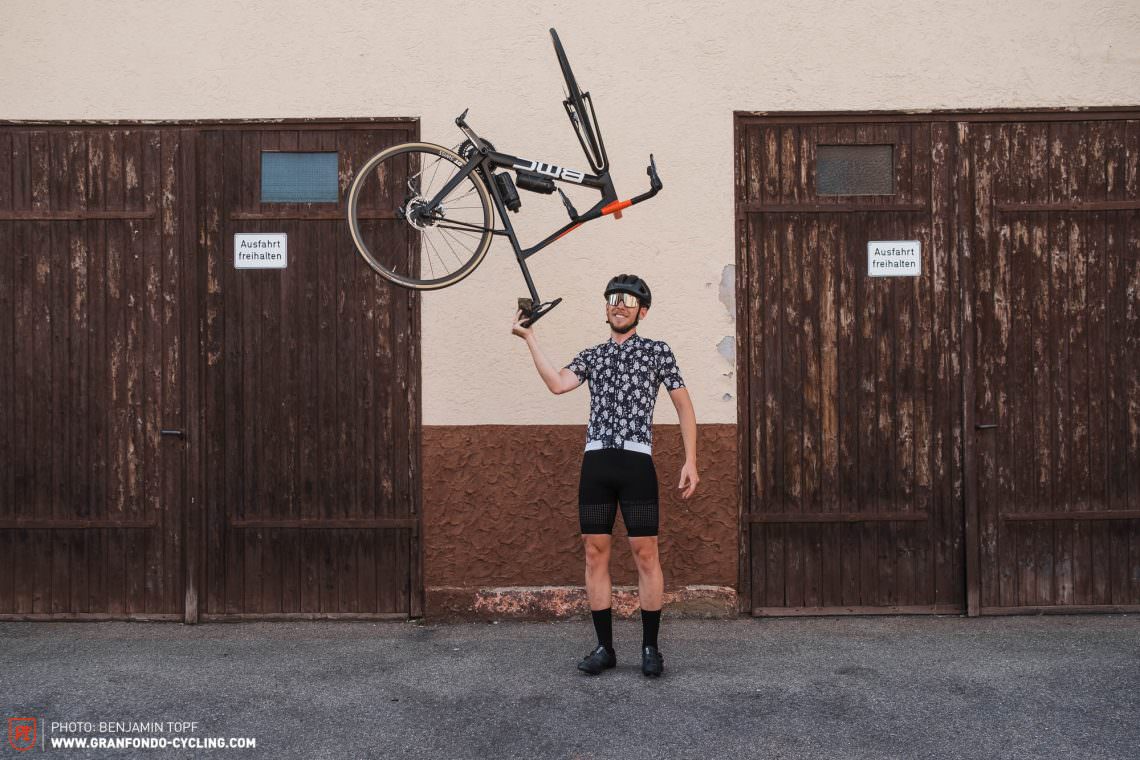
Set off and the bike immediately tells you what it wants: to get up to speed as fast as possible. The Teammachine drives forward and benefits from the stiff bottom bracket and low inertia of the lightweight DT Swiss PRC 1100 DICUT Mon Chasseral wheels. Regardless of whether you’re setting off or blasting through a corner, the BMC accelerates like a 911 and rewards you with every watt of effort transferred directly to the tarmac, in every situation. However, on the flats, the Teammachine is missing that last iota of aerodynamic performance necessary to maintain that same level of acceleration and speed. An aero wheelset would no doubt help eke out the last bit of performance, but would also increase side wind susceptibility which is hardly present or noticeable as it stands. Unarguably, the BMC is a very fast road bike that will dispatch long rides or big climbs with ease.
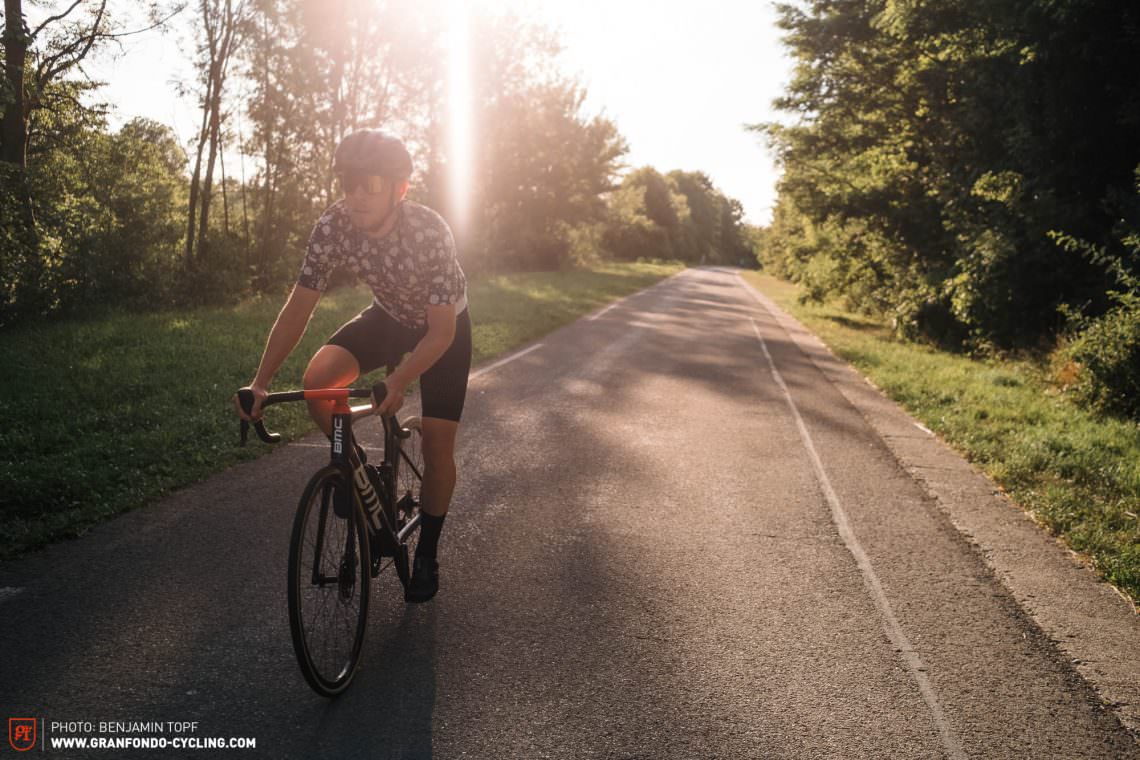
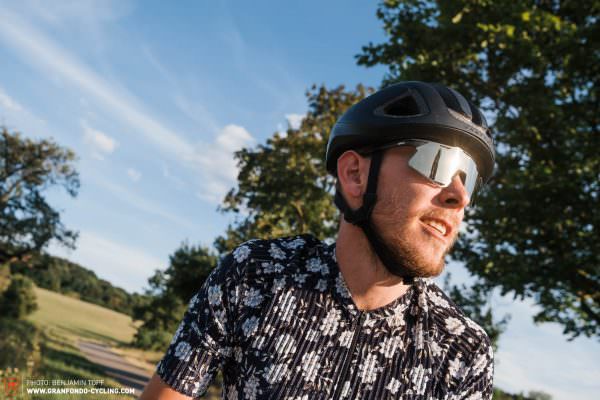
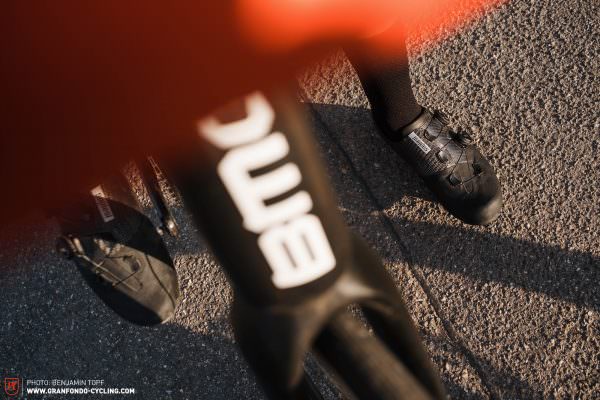
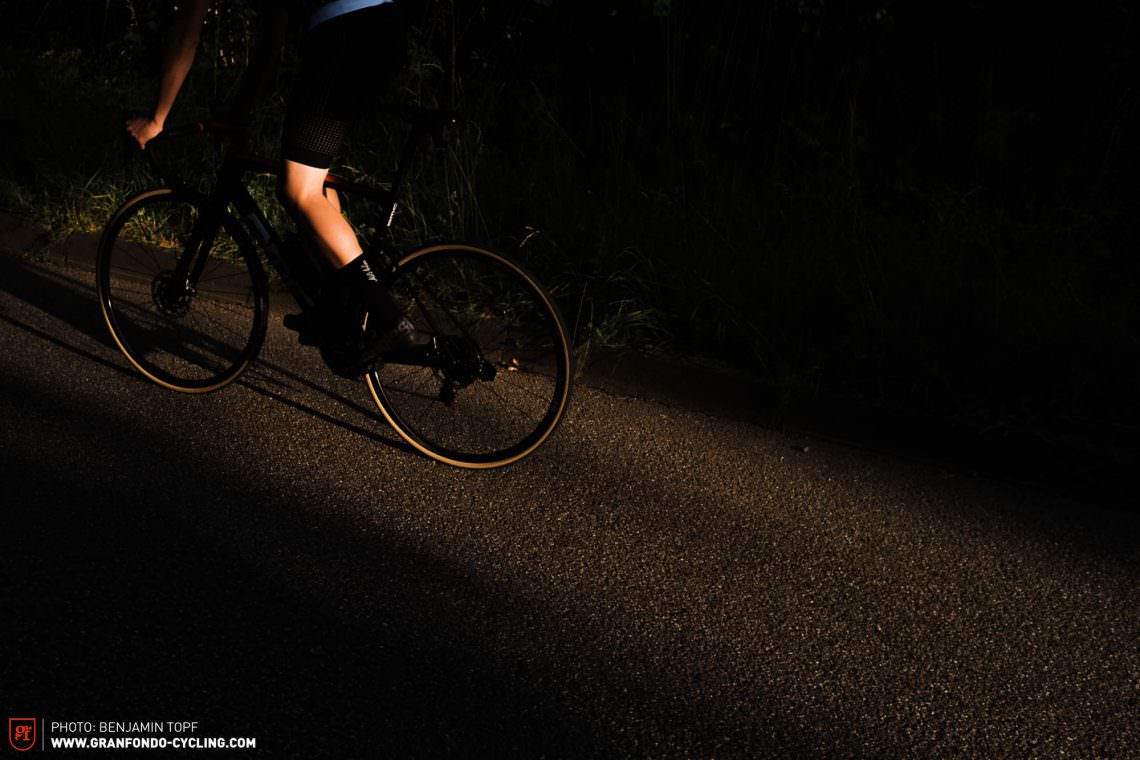
The DNA of the new Teammachine expresses two dominant genes: ascending and descending. Perhaps that’s not a huge surprise for a Swiss road bike! The bike climbs incredibly easily and efficiently up the hills and even when pushing hard, holds its line perfectly. We’ve rarely had this much fun while climbing! You’ve spent yourself in your enthusiasm, arrived at the summit tired and launch yourself directly down the descent again? Then you can rely on the Teammachine 100%. The hydraulic SRAM RED brakes are easy to modulate and offer a decent amount of bite while the fork is stiff and stays steady even under hard braking. The handling is very precise and suitable even for those who aren’t riding in the Tour de France peloton.
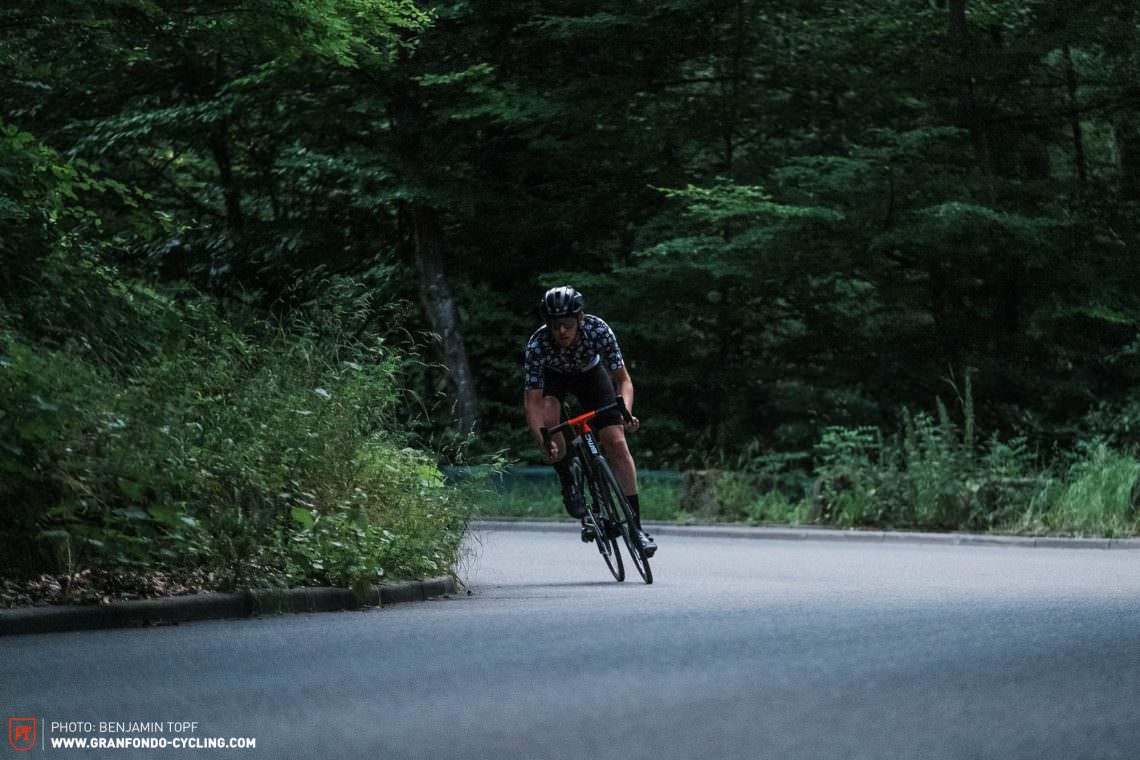

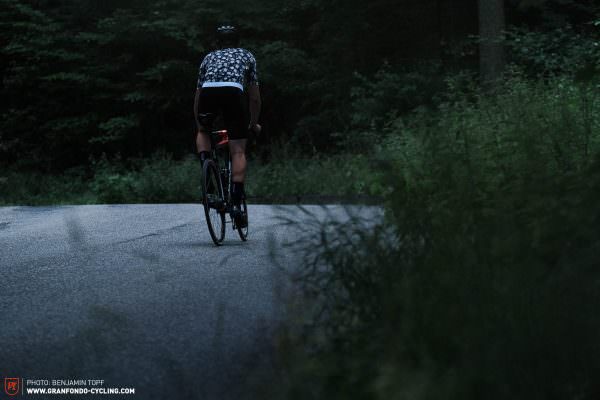
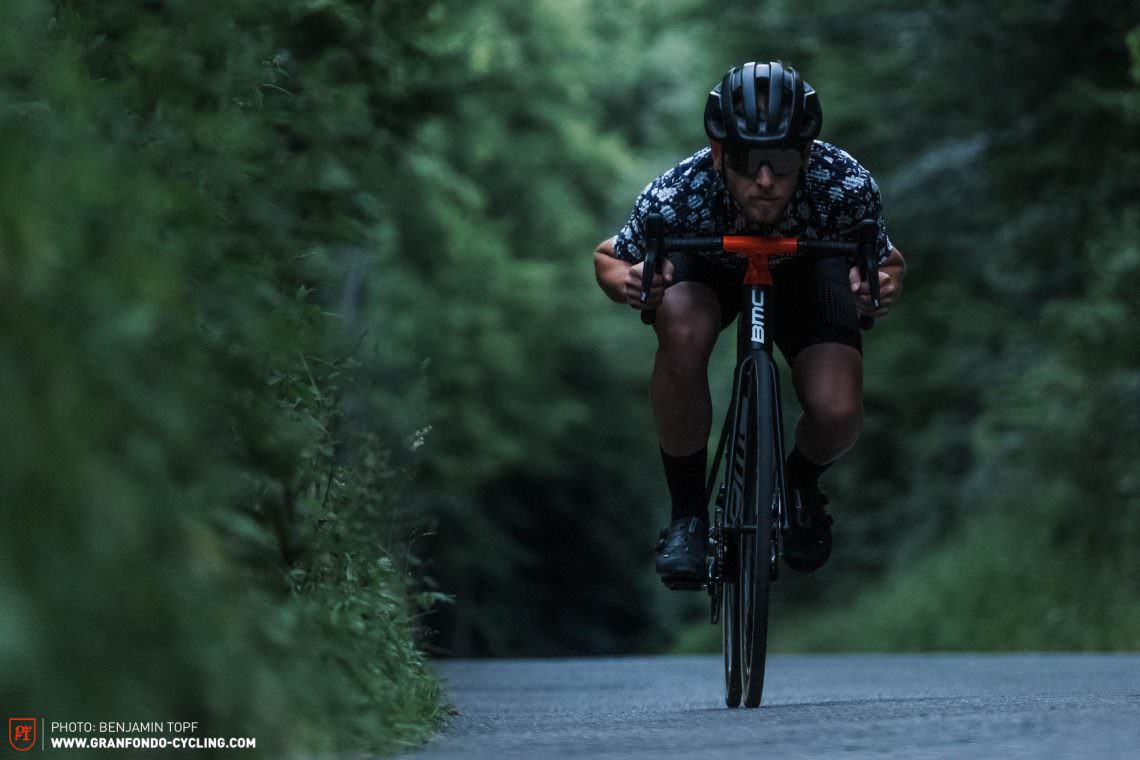
Where’s the hidden motor? The new Teammachine skips up the longest climbs with ease and is an outstanding bike for the hills
For a race bike in this class, the compliance is surprisingly high, even if the Teammachine isn’t a super comfortable road bike per se. Individual components, including the long spokes of the DT Swiss wheels, the comfortable Vittoria Corsa 700 x 25C tires, the carbon seatpost and neat cockpit all contribute to an acceptable level of comfort.

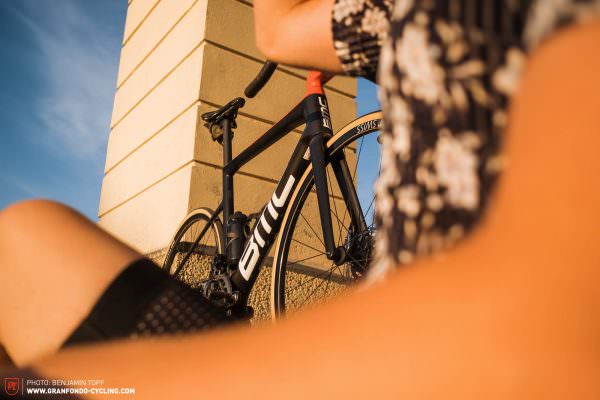
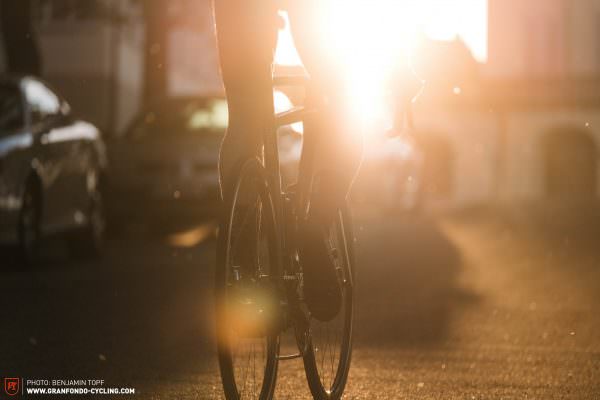
BMC Teammachine SLR01 ONE 2021 conclusion
The new Teammachine SLR01 ONE loves the hills. Too many metres ascending in a ride? That’s no longer an excuse! With its tantalisingly light weight, this road bike eats up the ascents, yet can also convince on the descents with a secure ride, precise handling and excellent acceleration. The Teammachine seems almost purpose-built for events like the Öztaler, Maratona dles Dolomites and other intense hill stages and with its clean and coherent design, looks phenomenal.
Tops
- climbs fleetly and efficiently
- offers a secure ride for long descents
- accelerates extremely well
- precise and good-natured handling
- great look and tidy ICS cockpit
Flops
- no power meter on an € 11,000 bike
- missing that last iota of aerodynamic performance on the flats
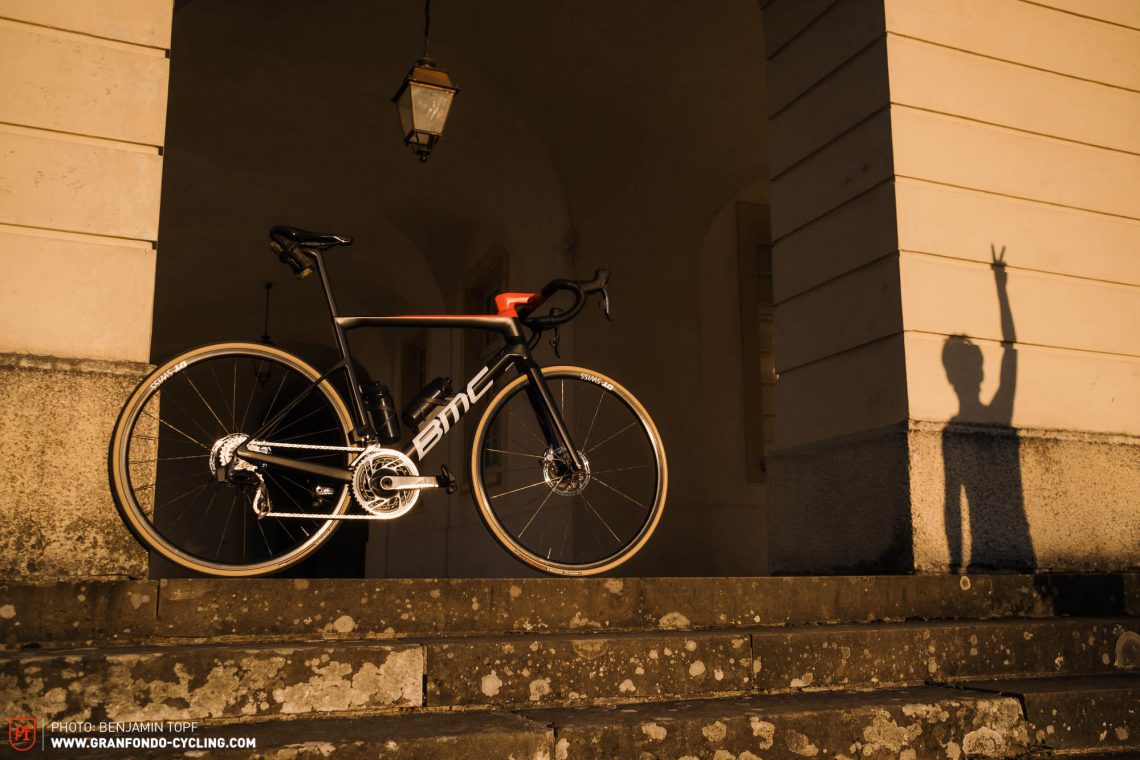
You can find more information about the BMC Teammachine SLR01 ONE at bmc-switzerland.com and read all our current road bike reviews here.
Did you enjoy this article? If so, we would be stoked if you decide to support us with a monthly contribution. By becoming a supporter of GRAN FONDO, you will help secure a sustainable future for high-quality cycling journalism. Click here to learn more.
Words: Philipp Schwab, Benjamin Topf Photos: Benjamin Topf


